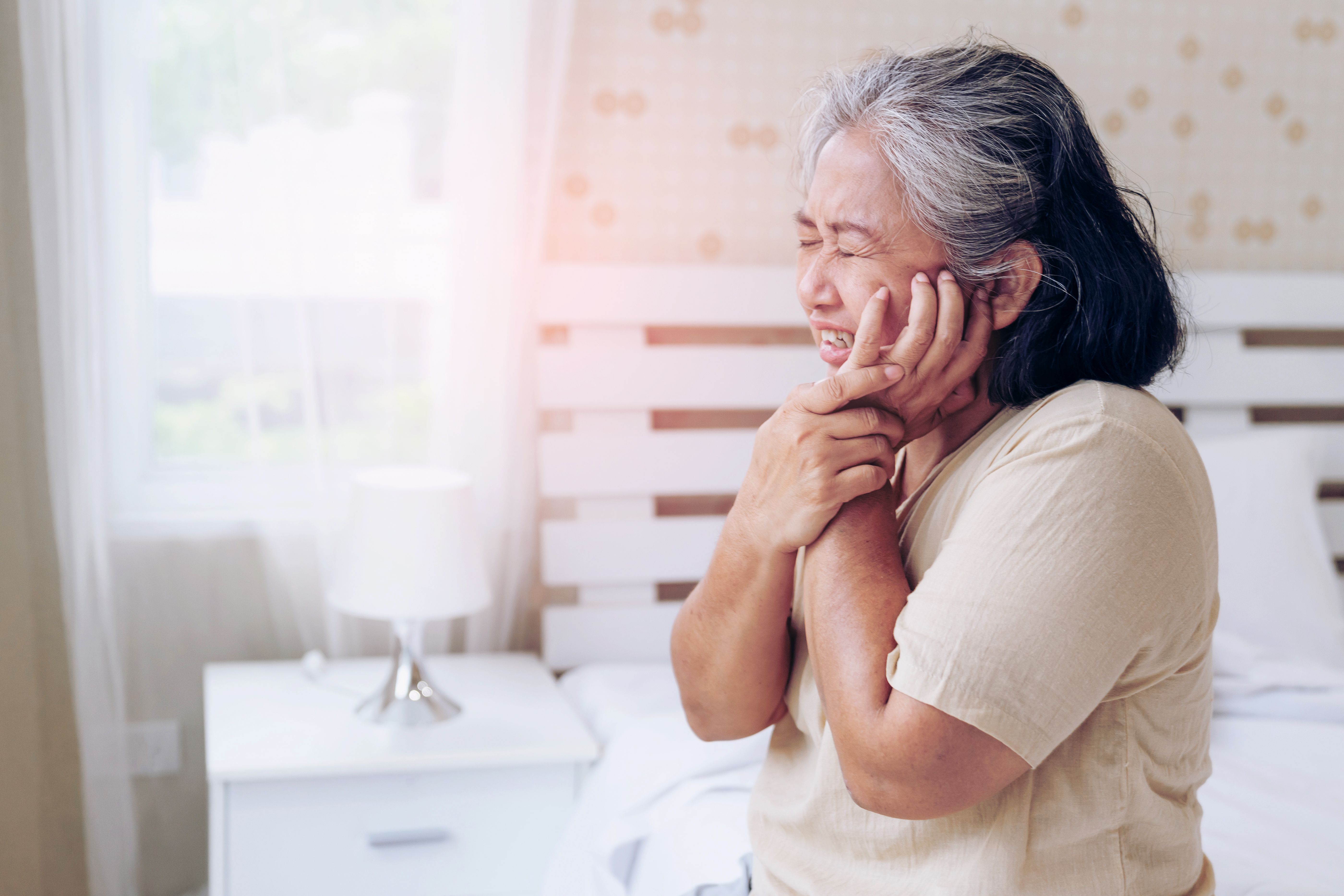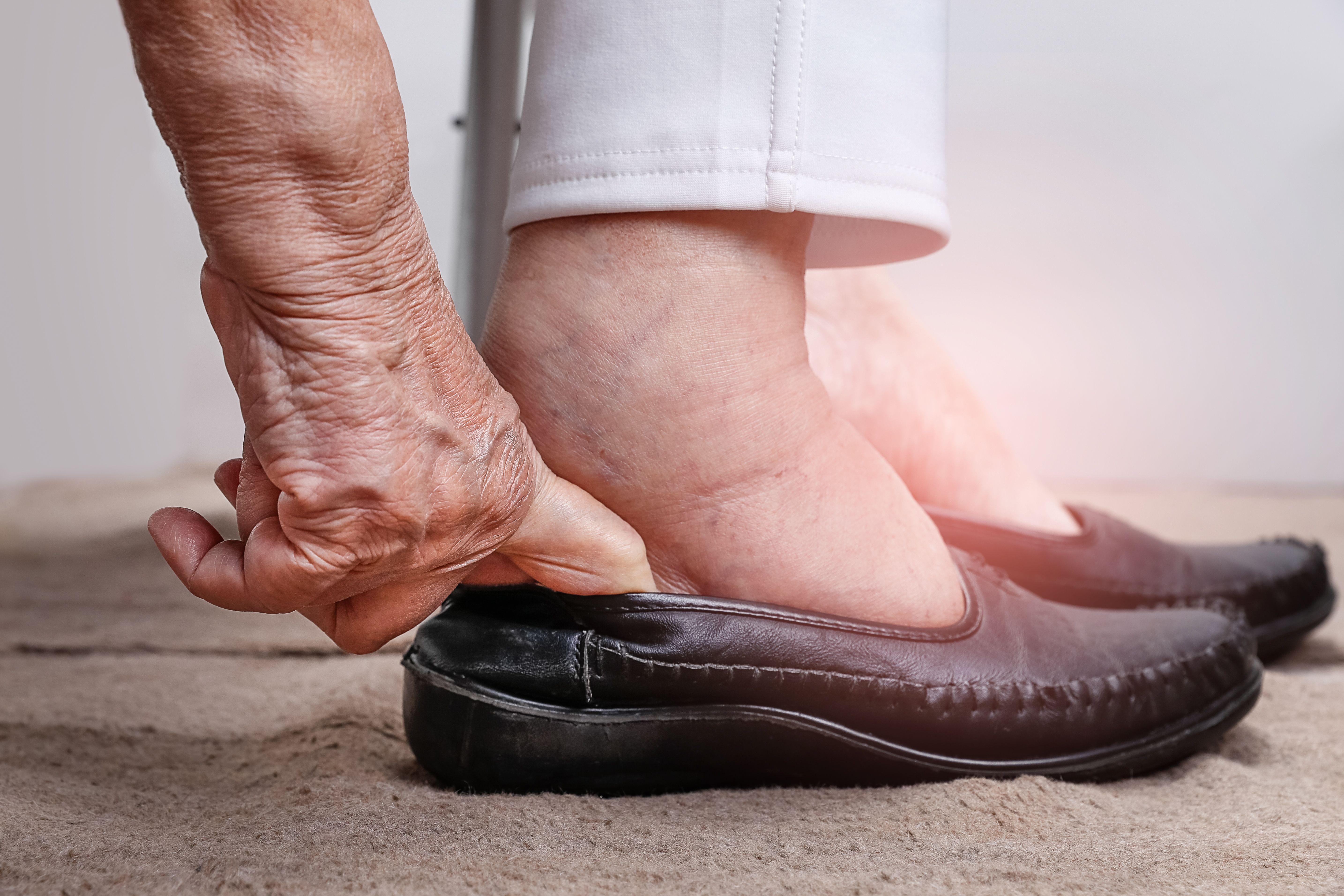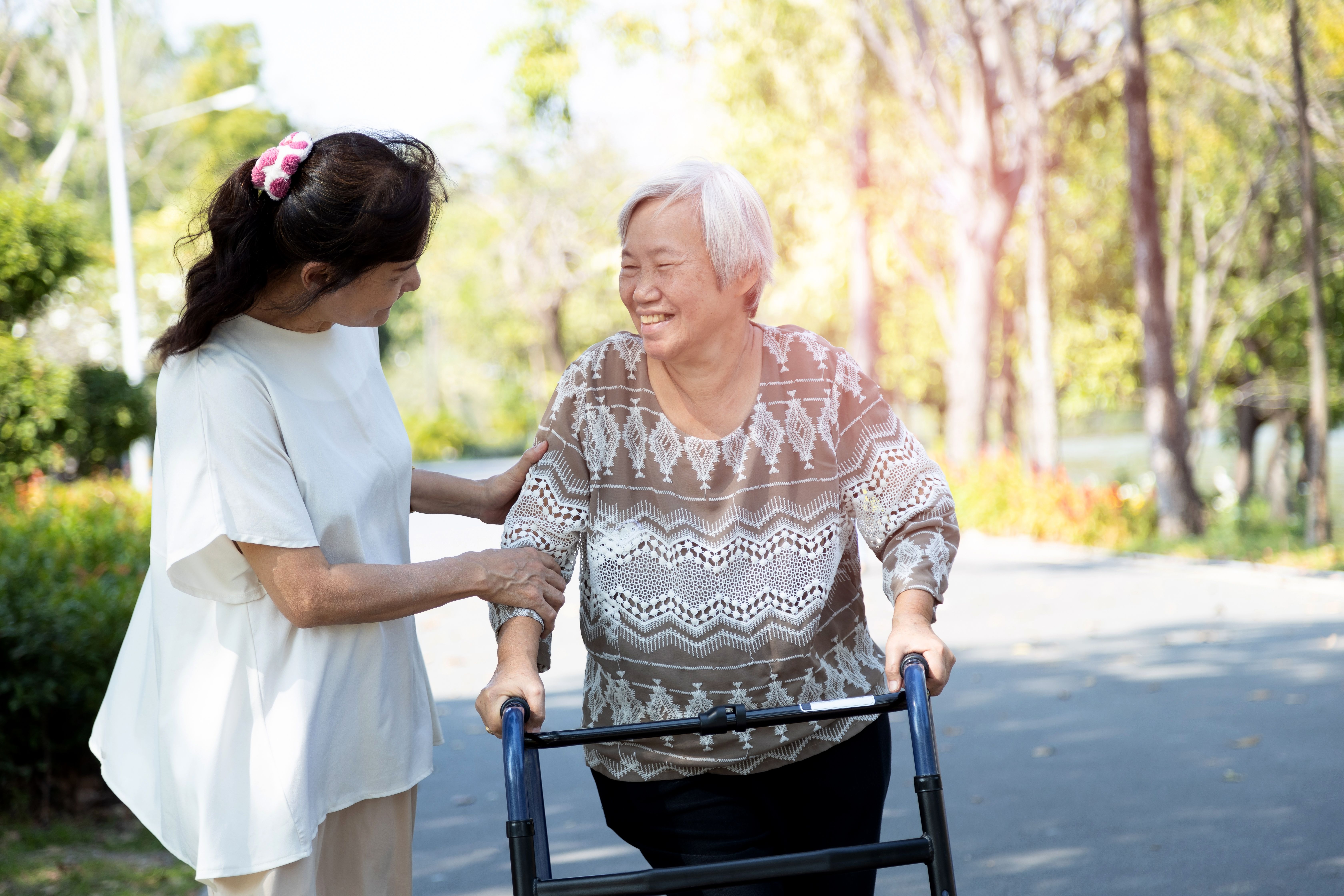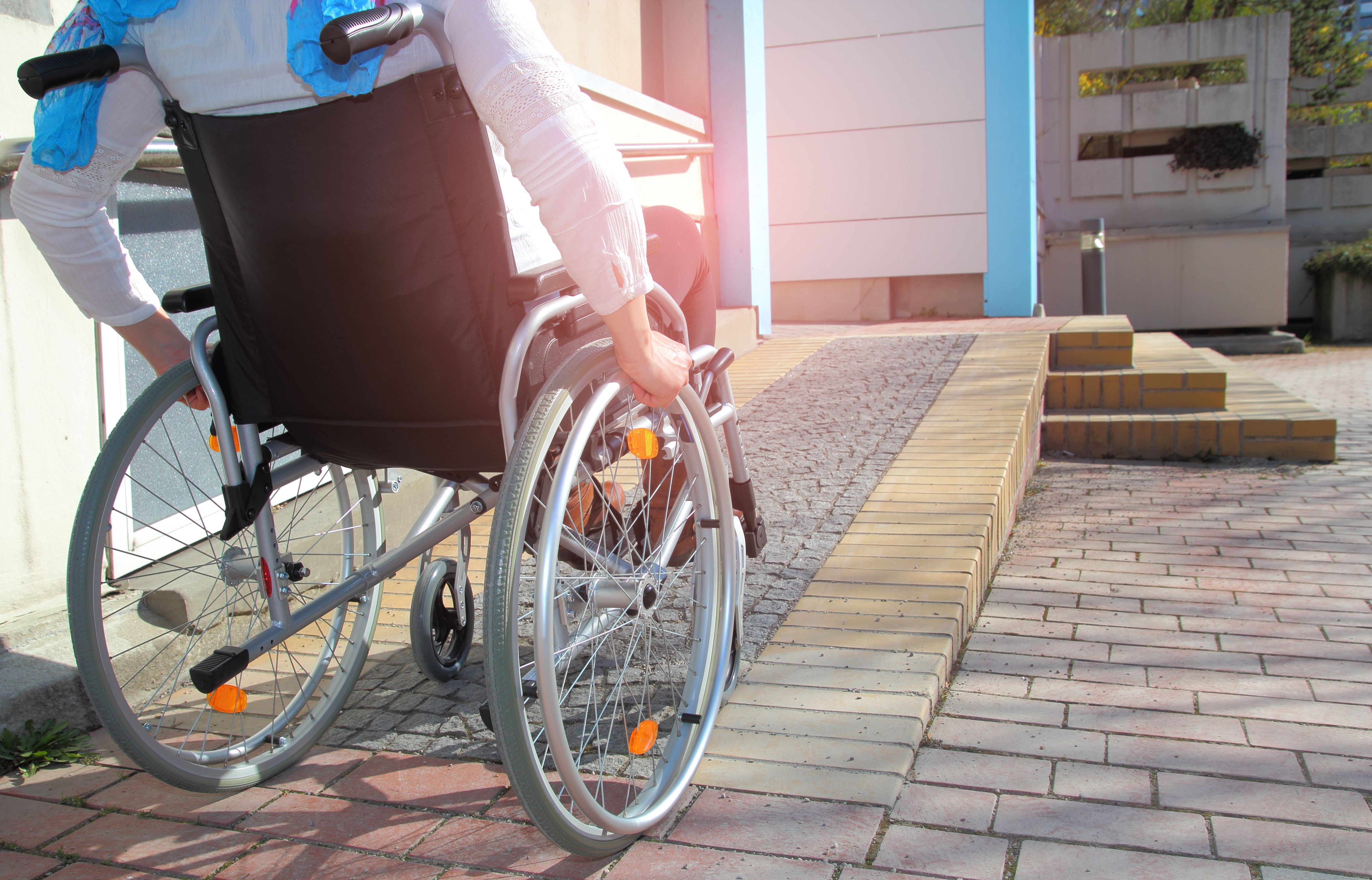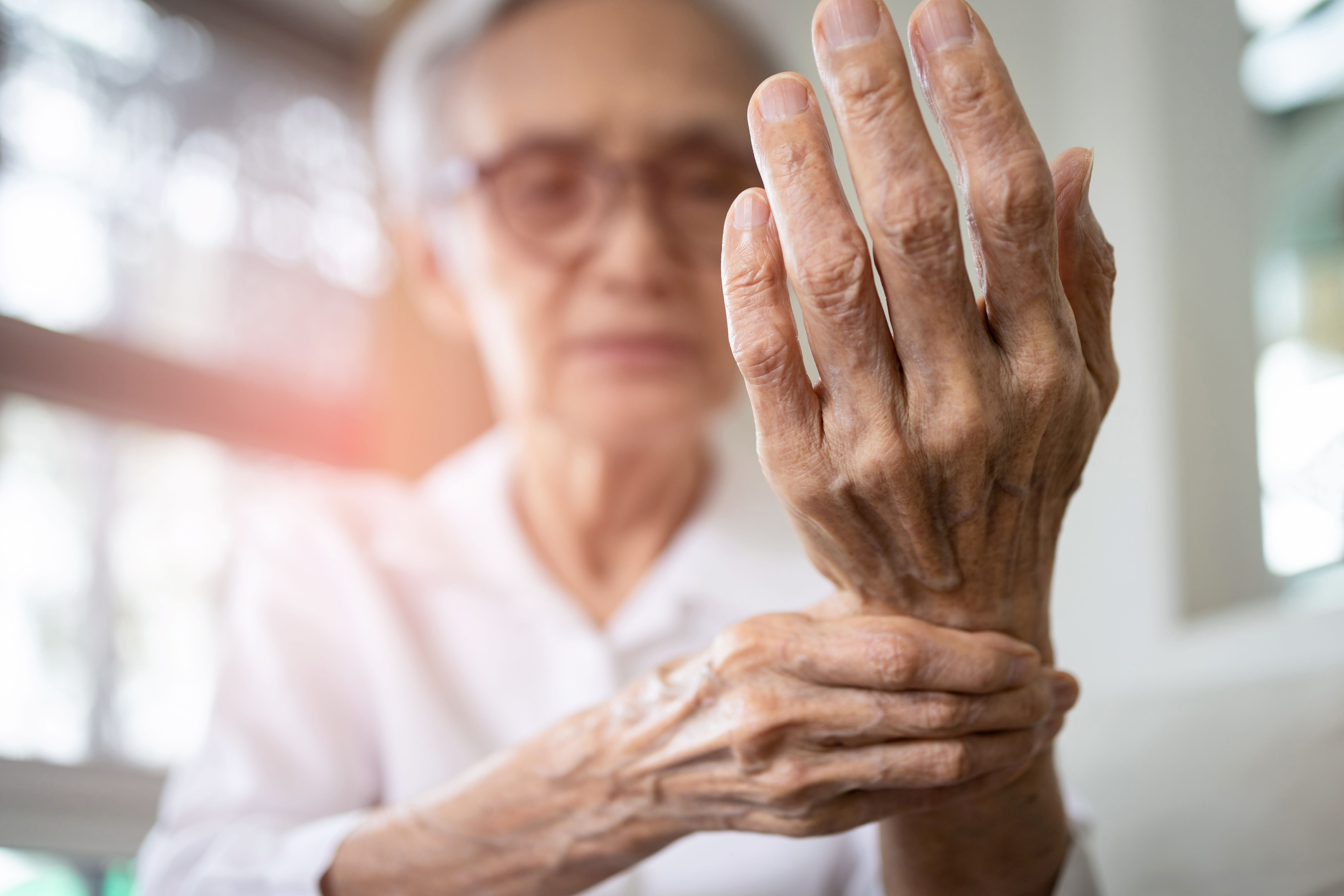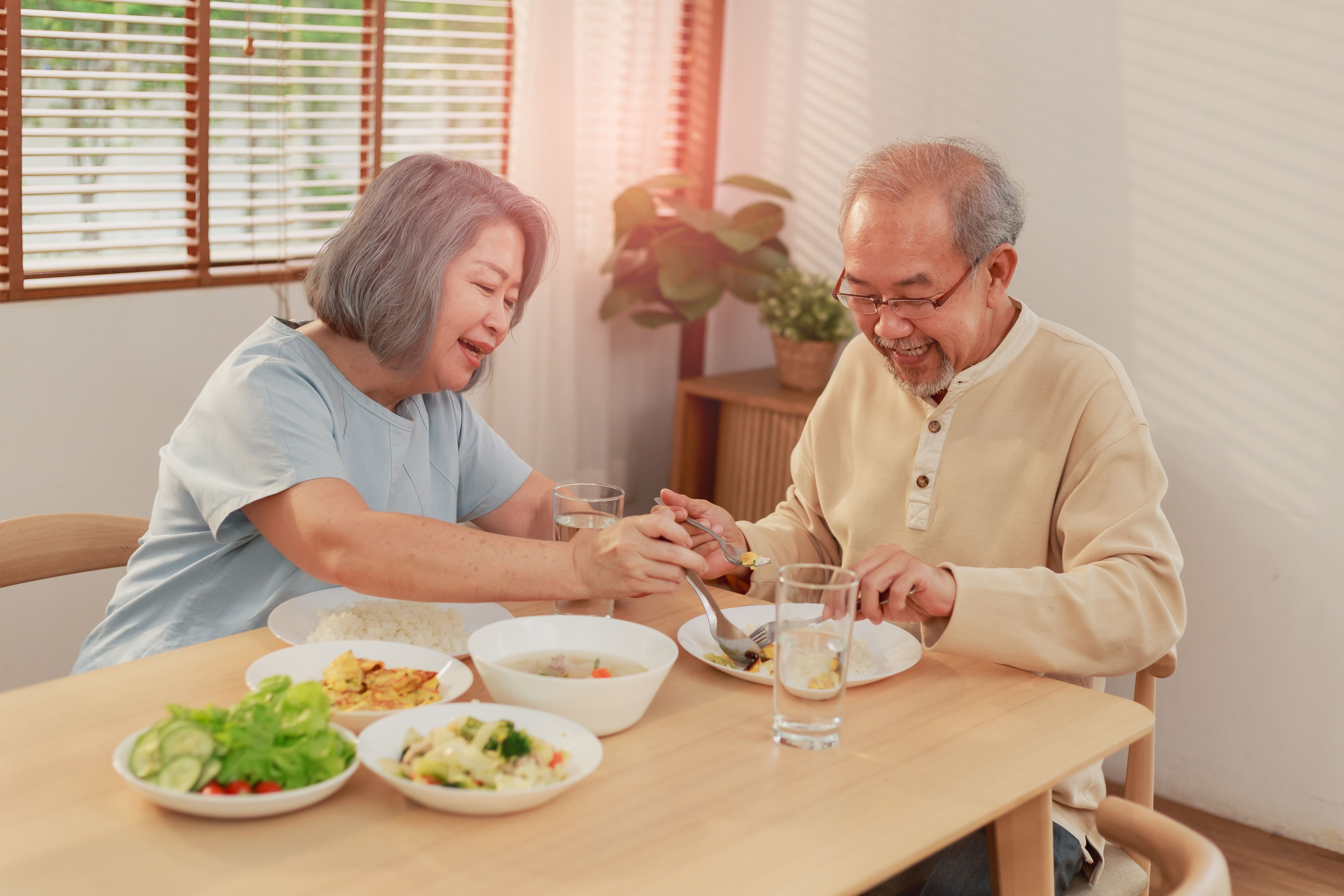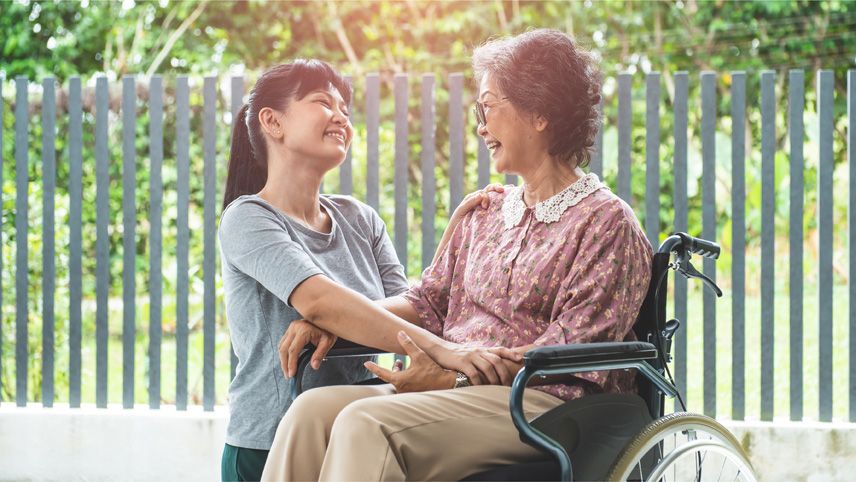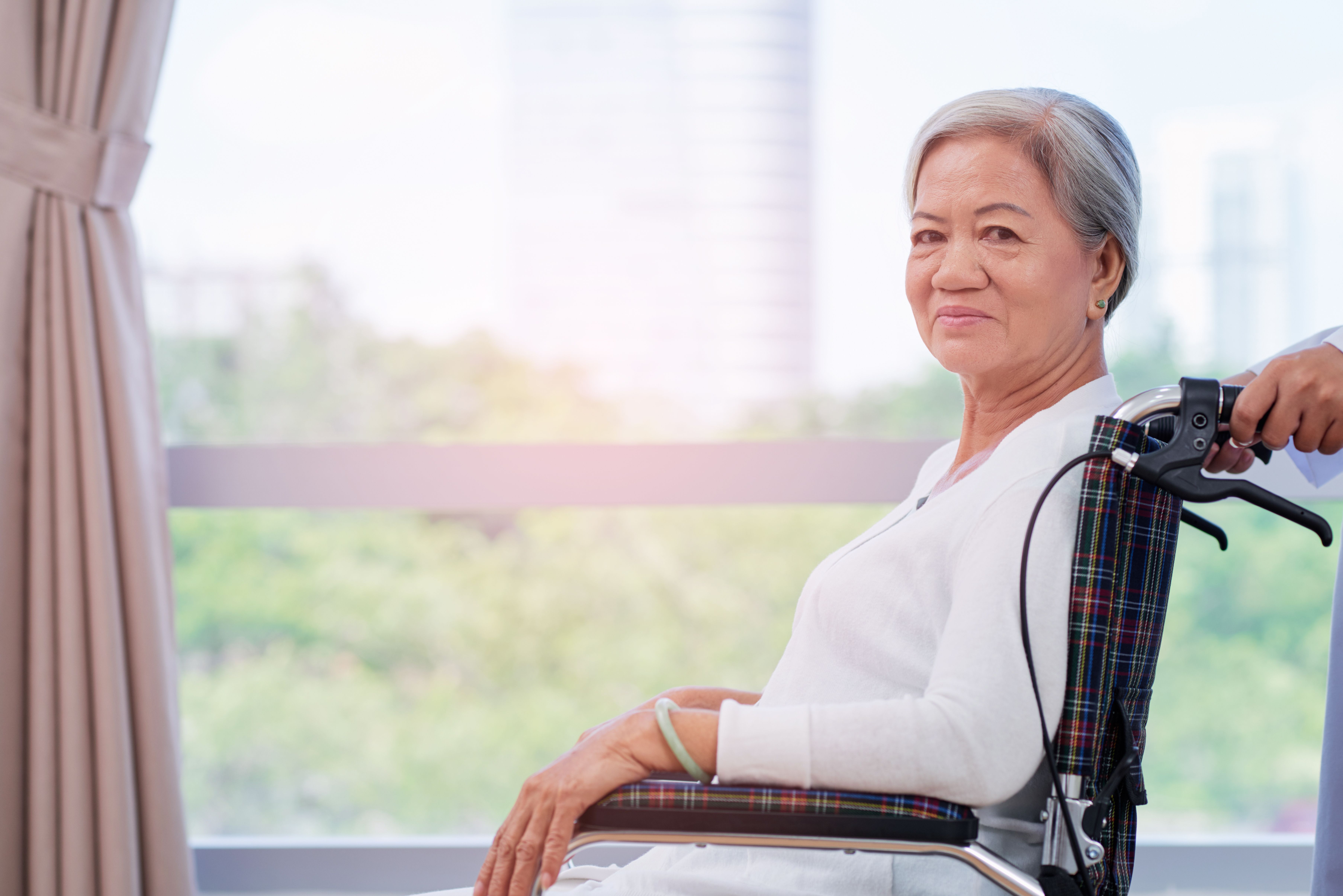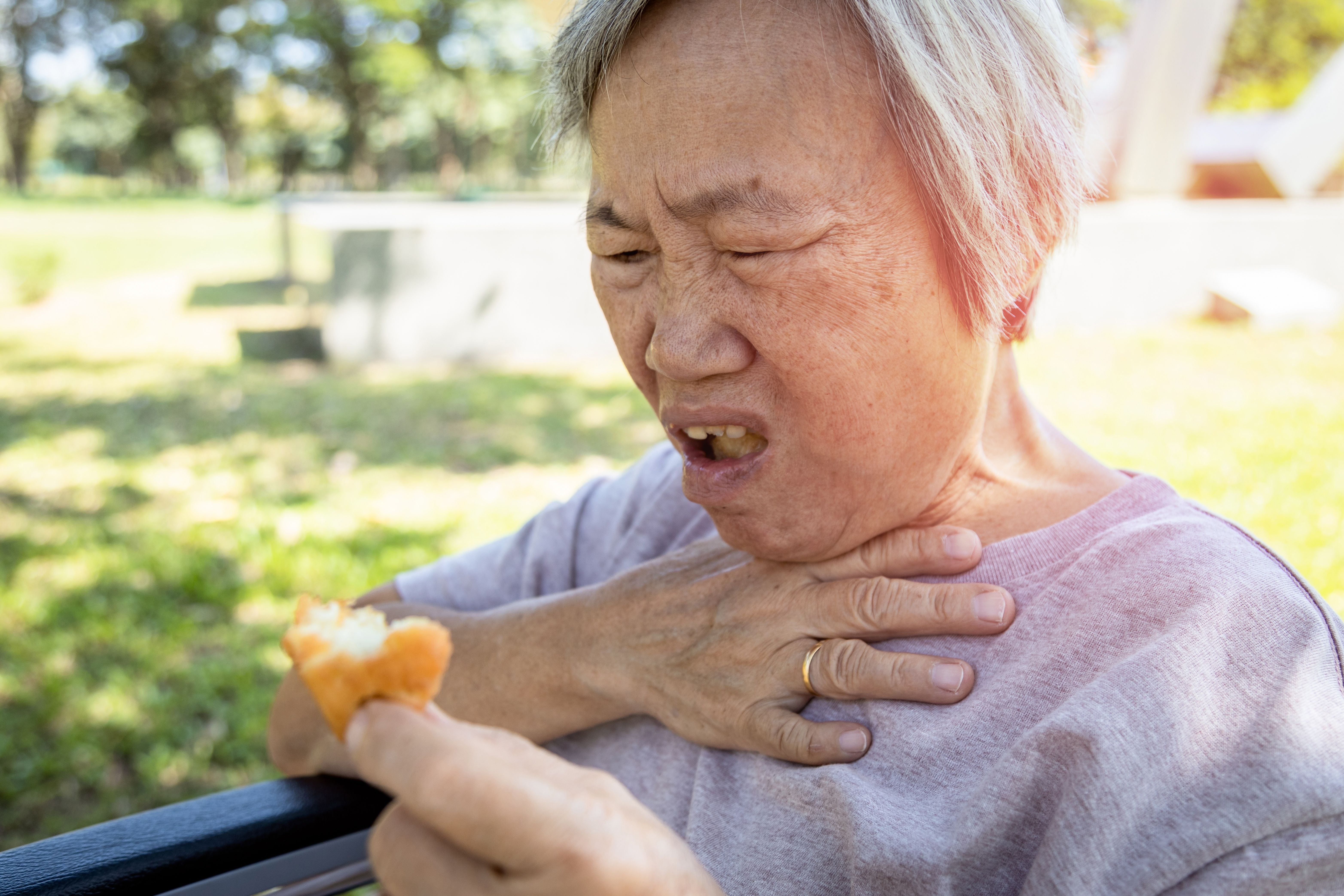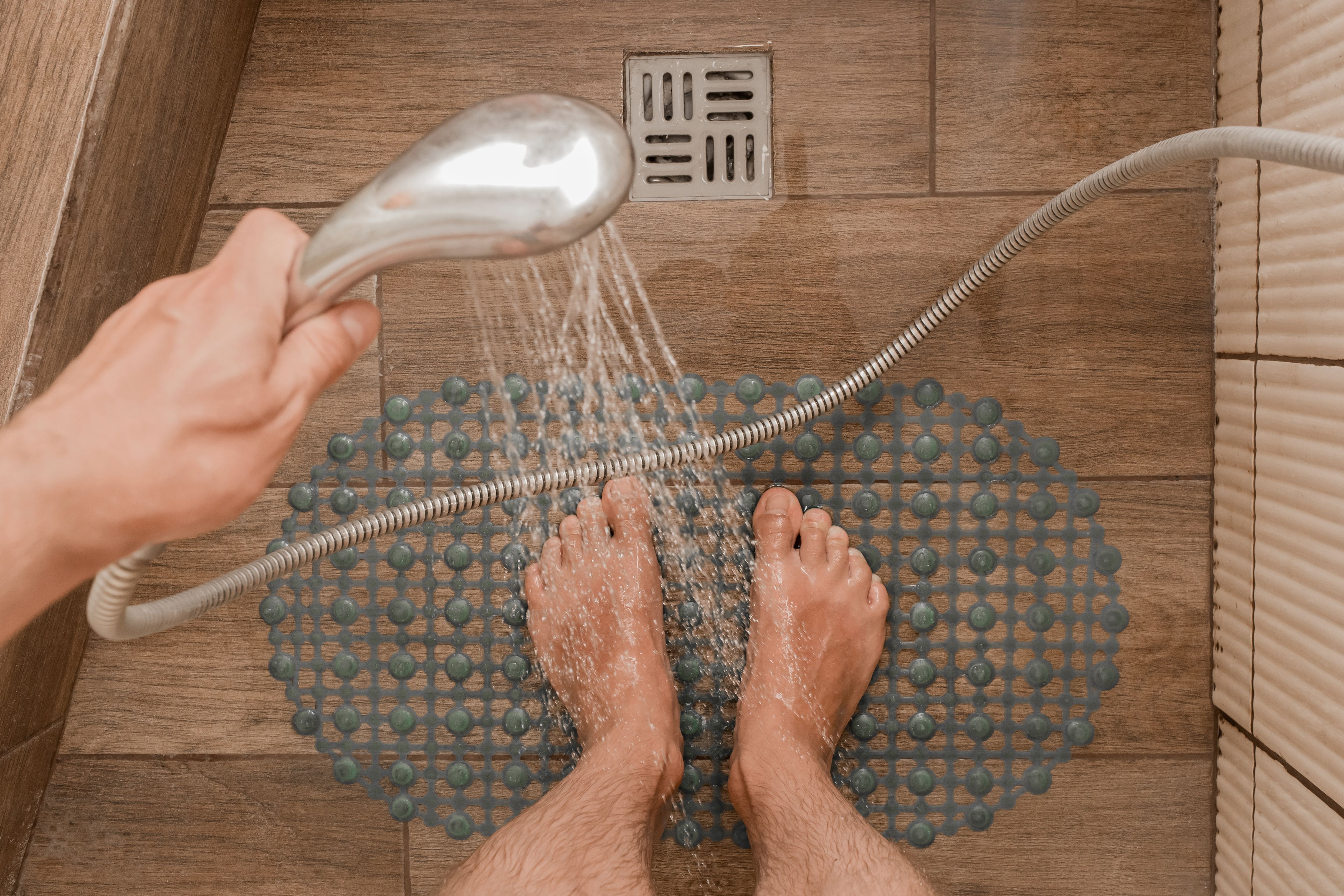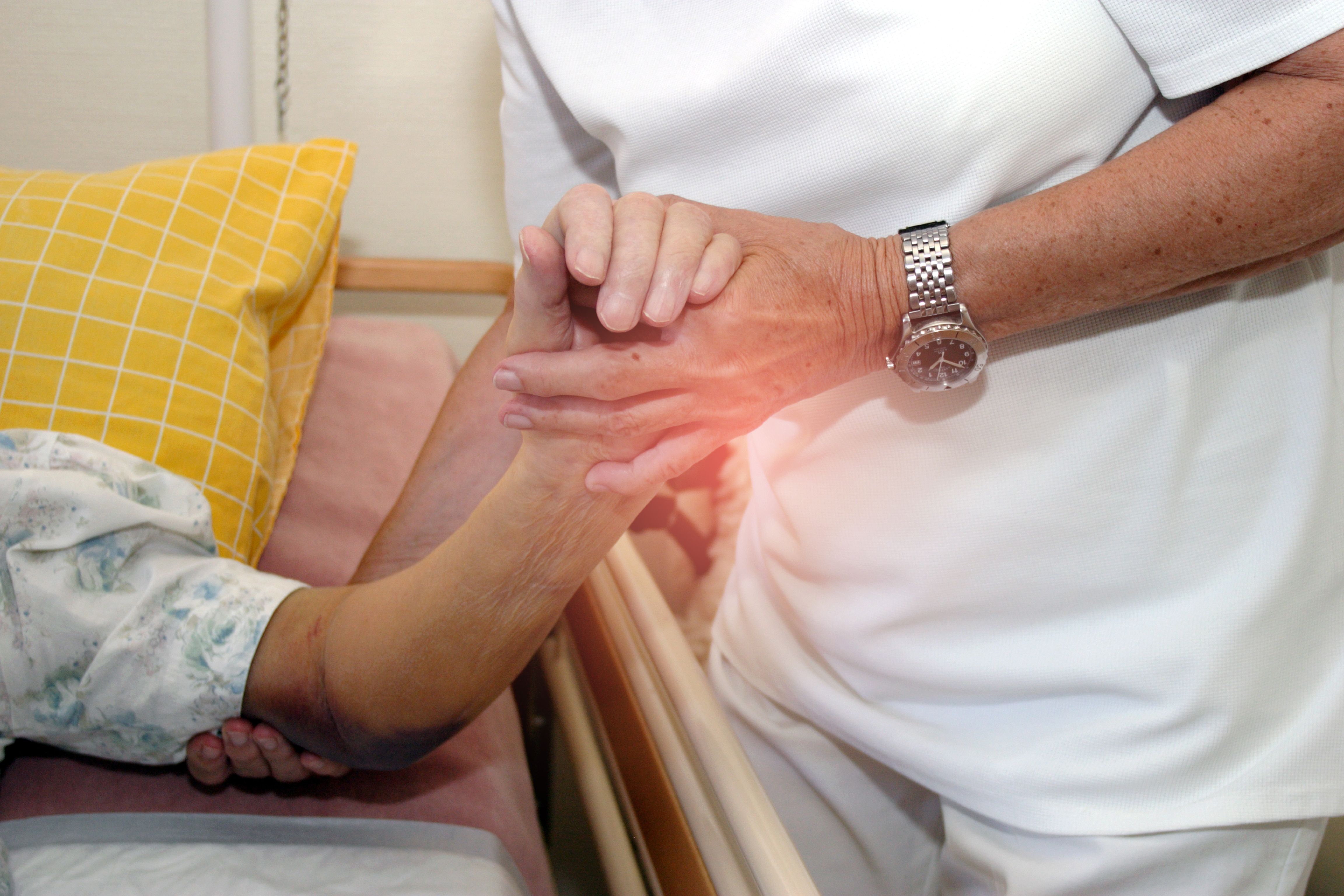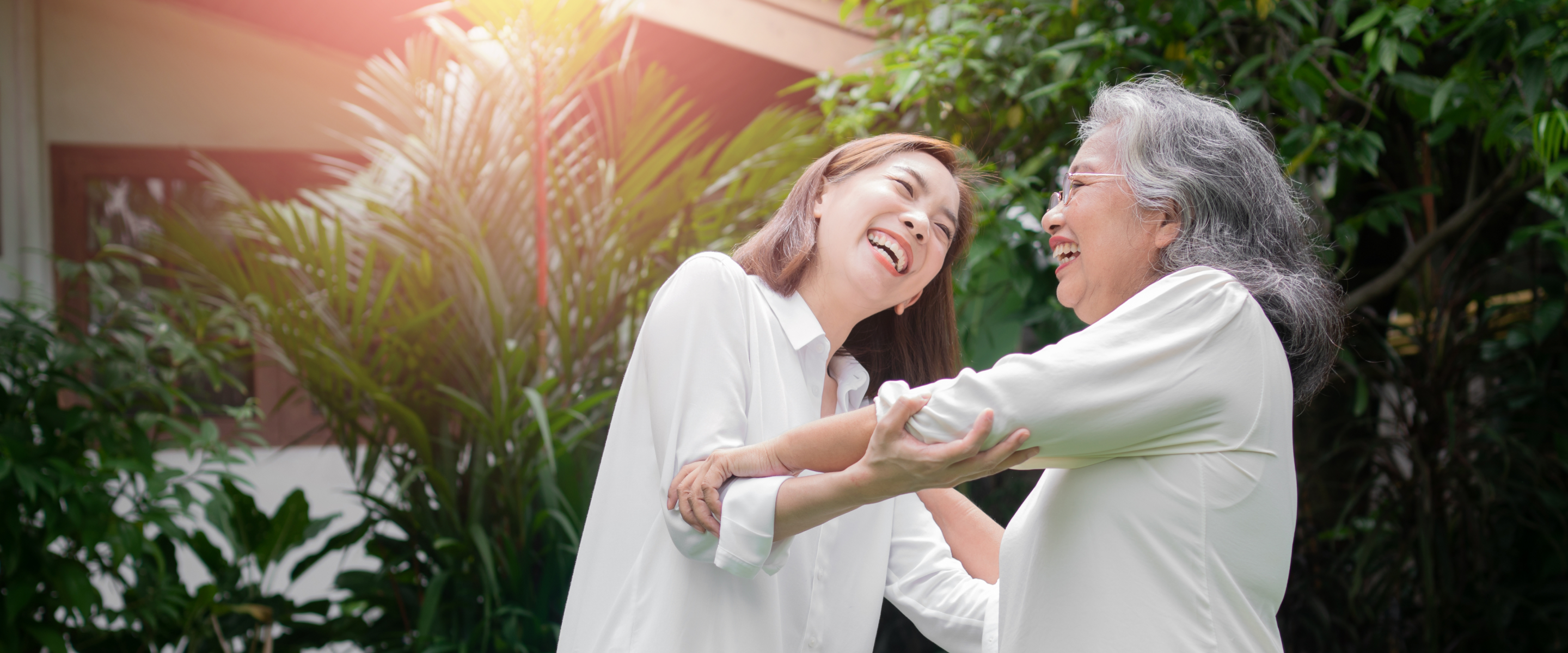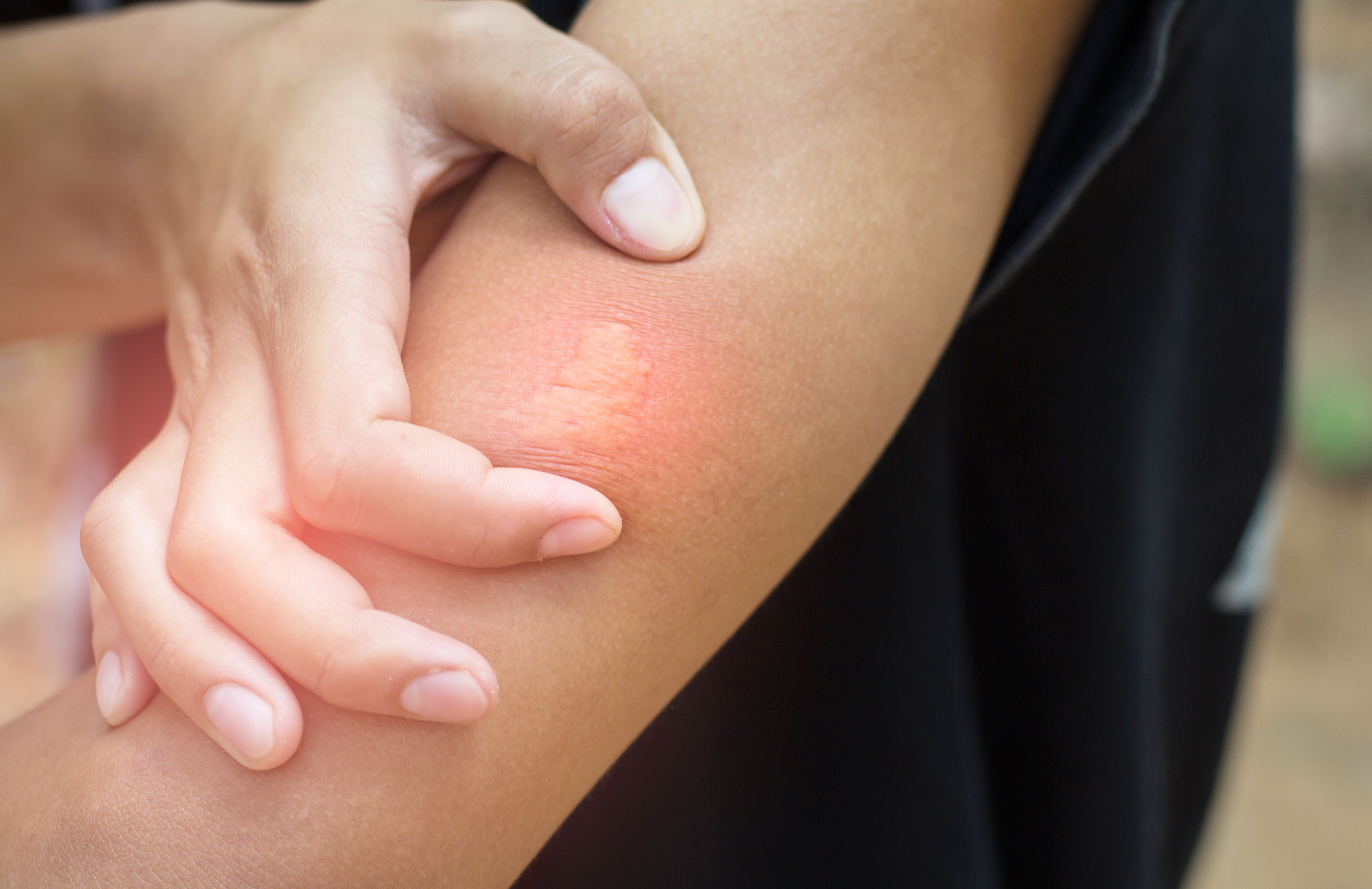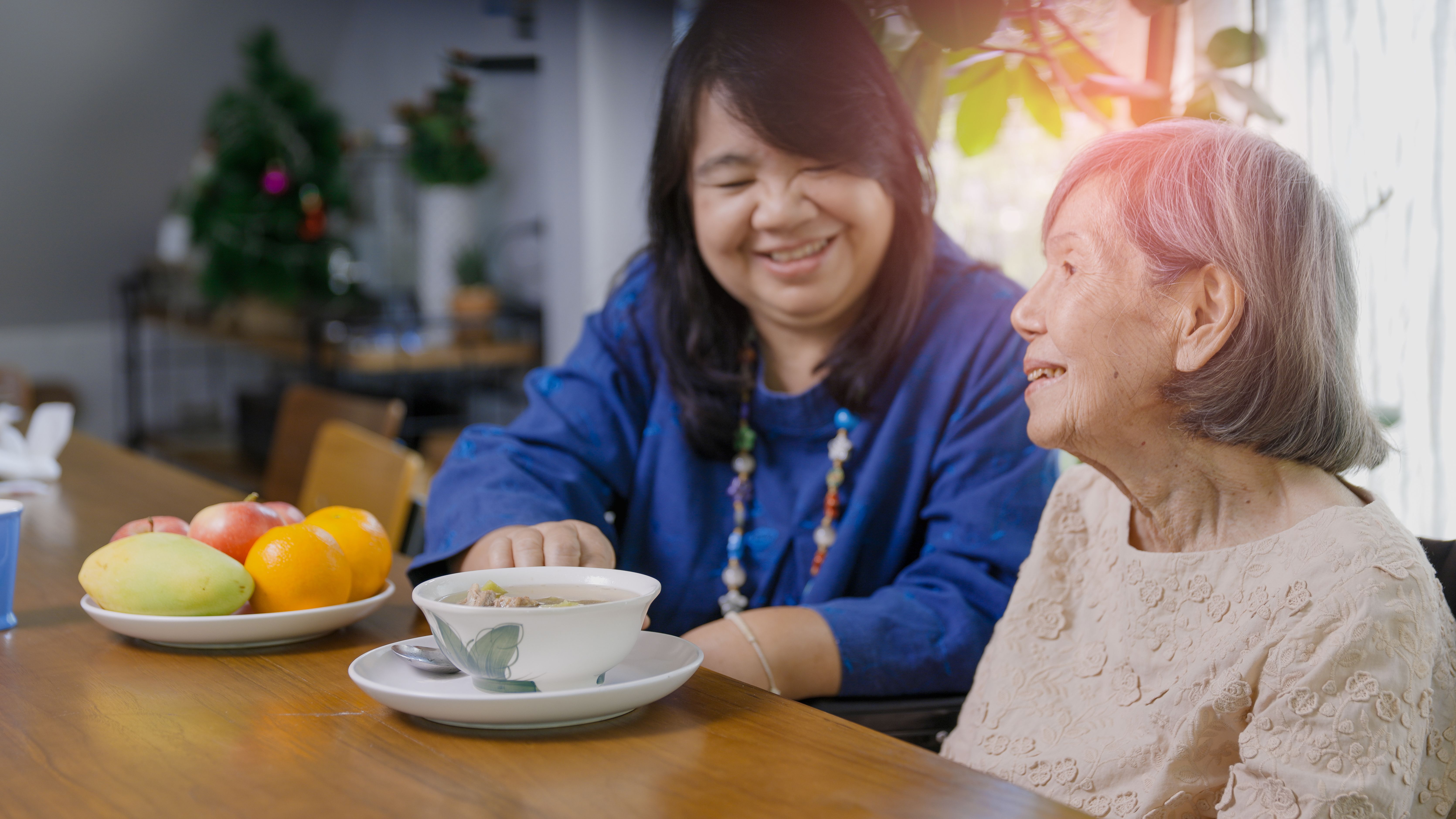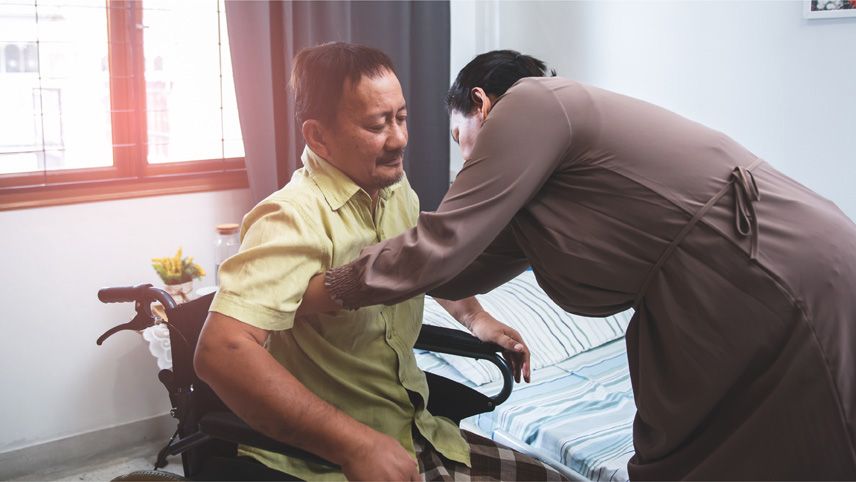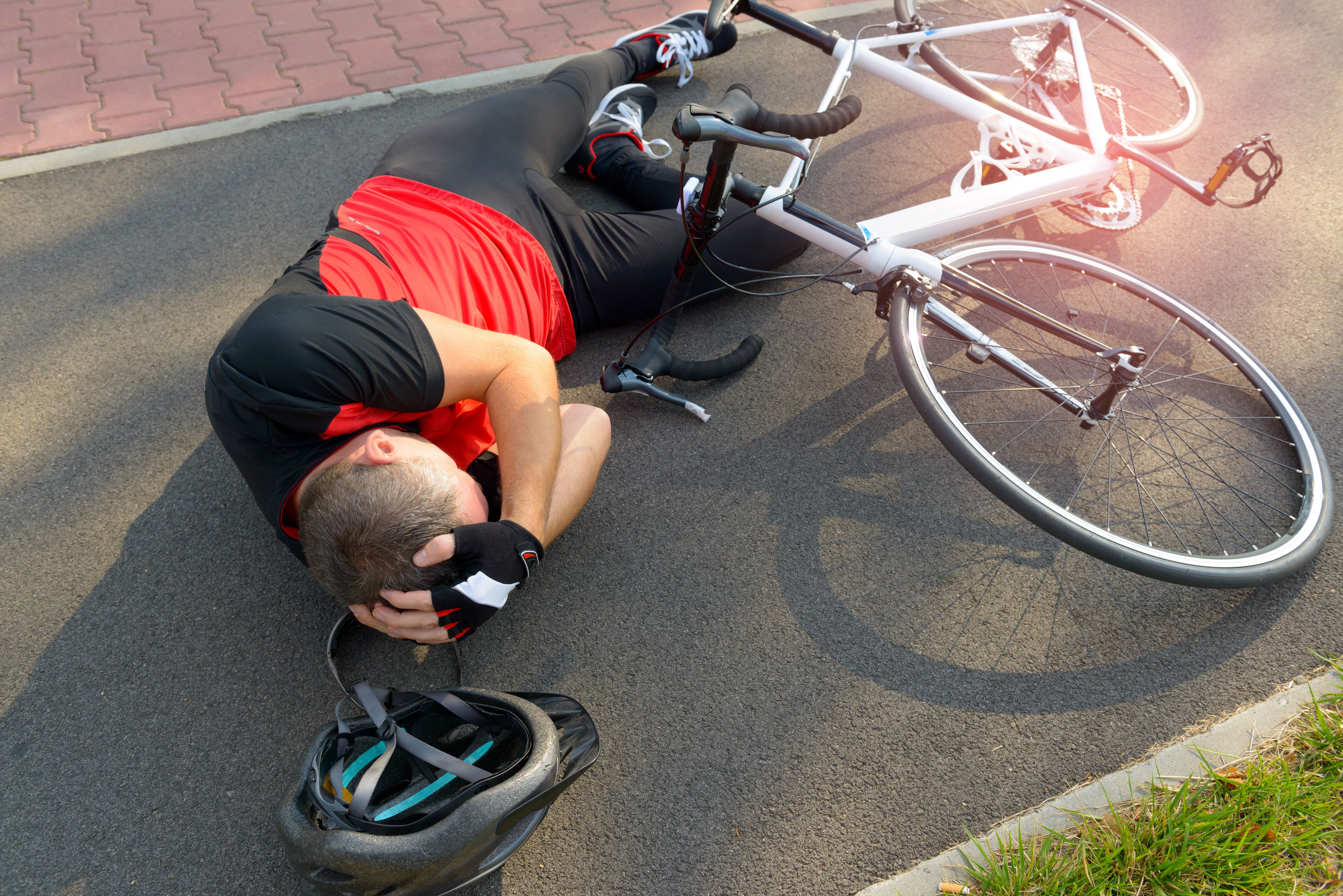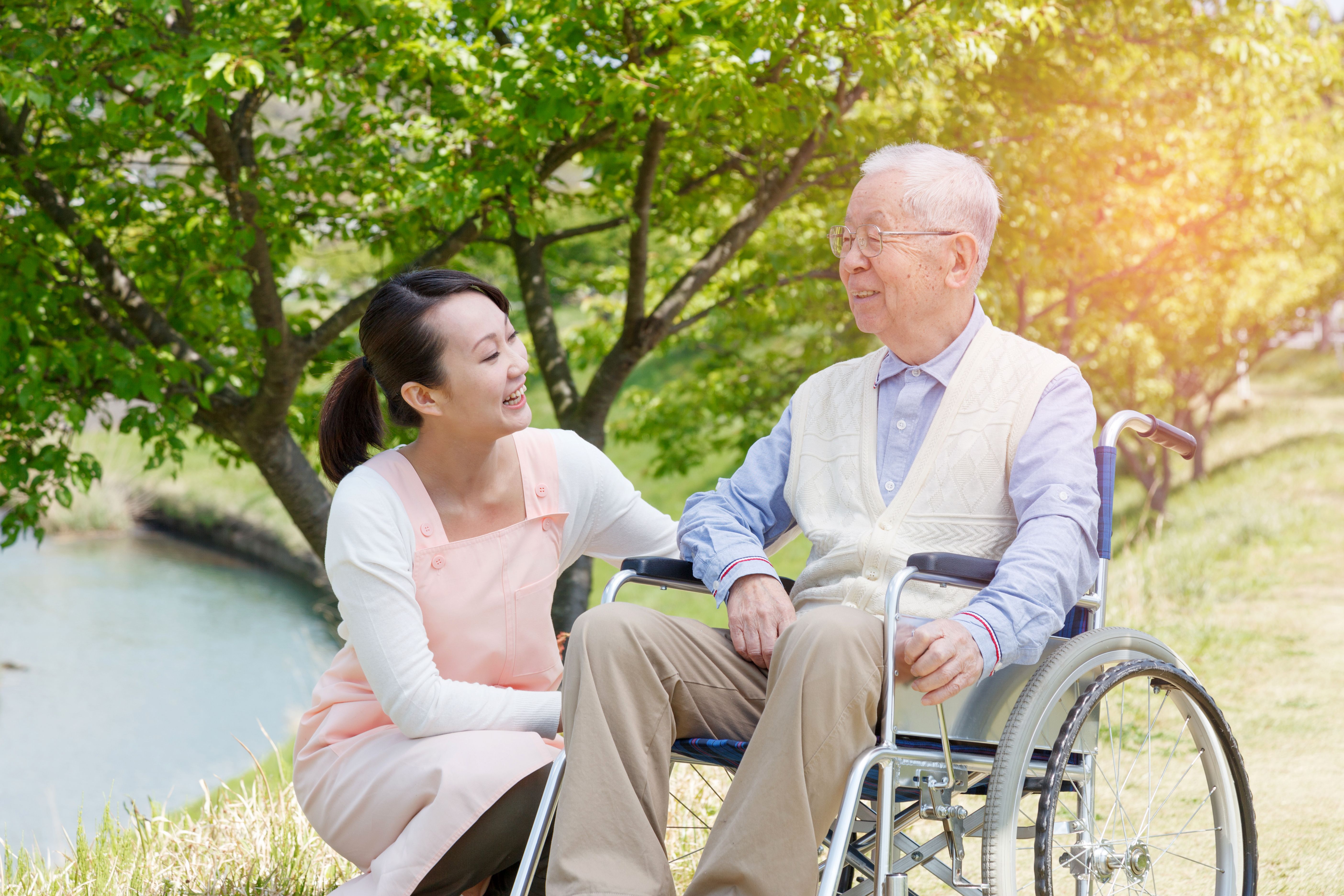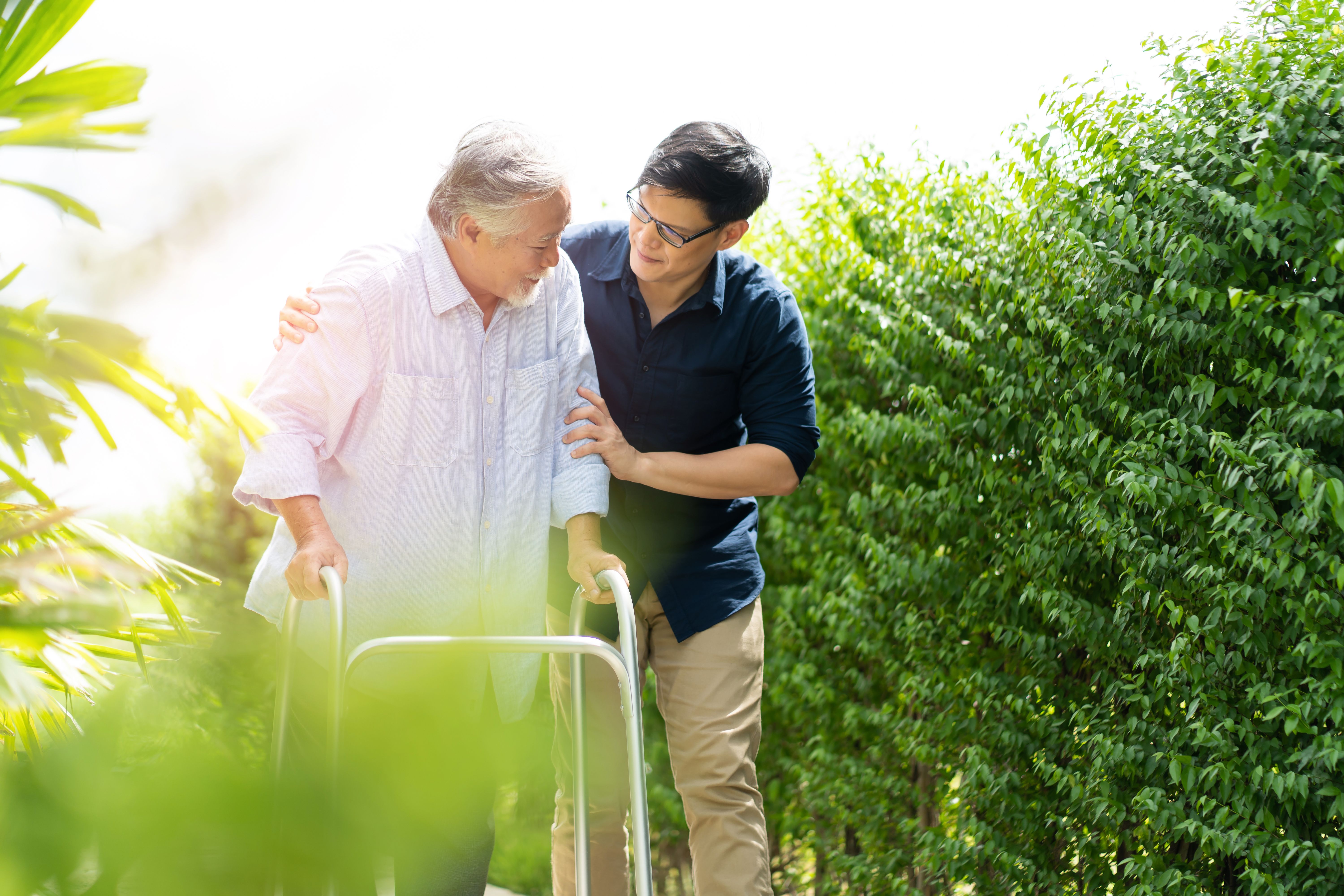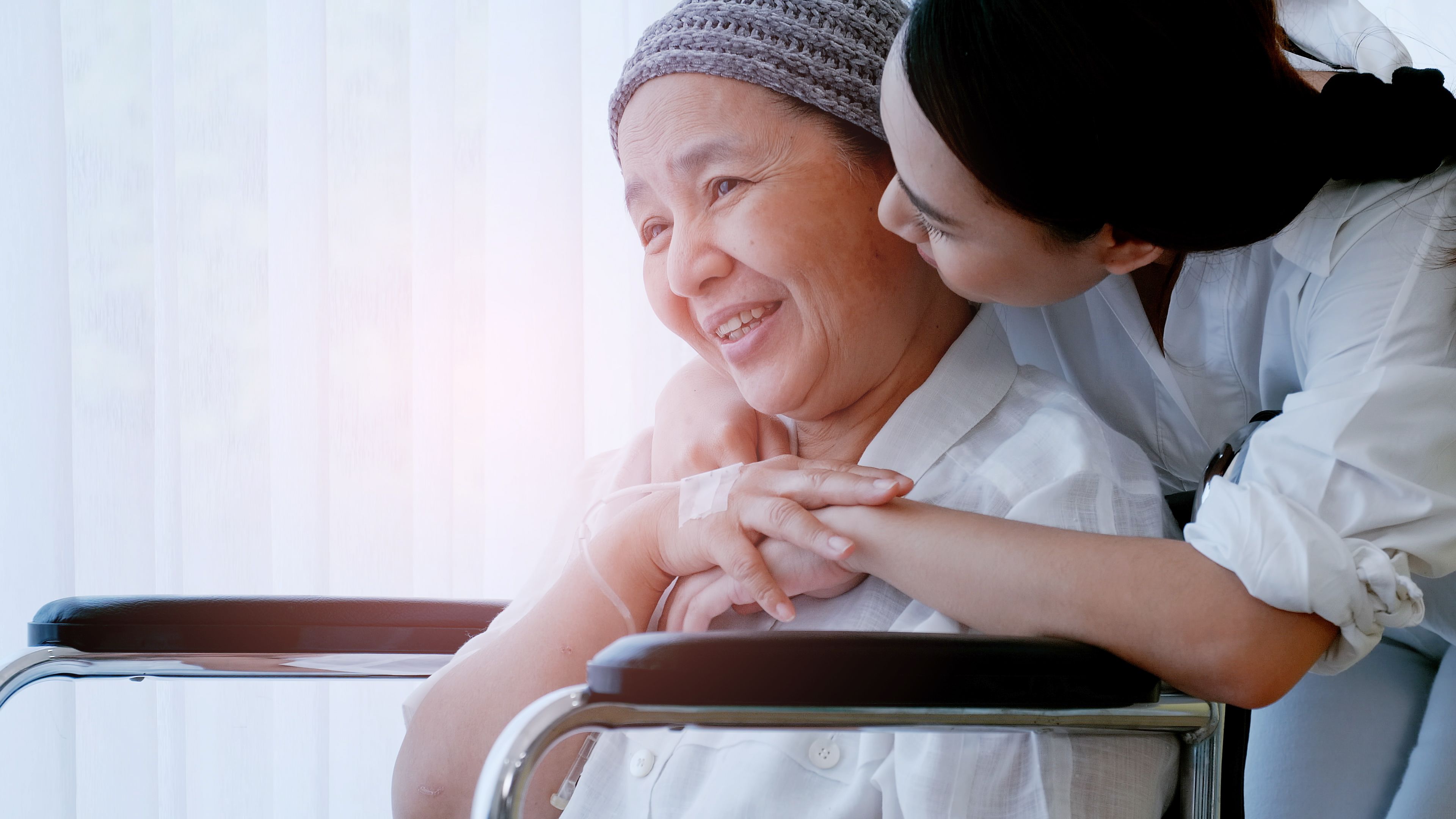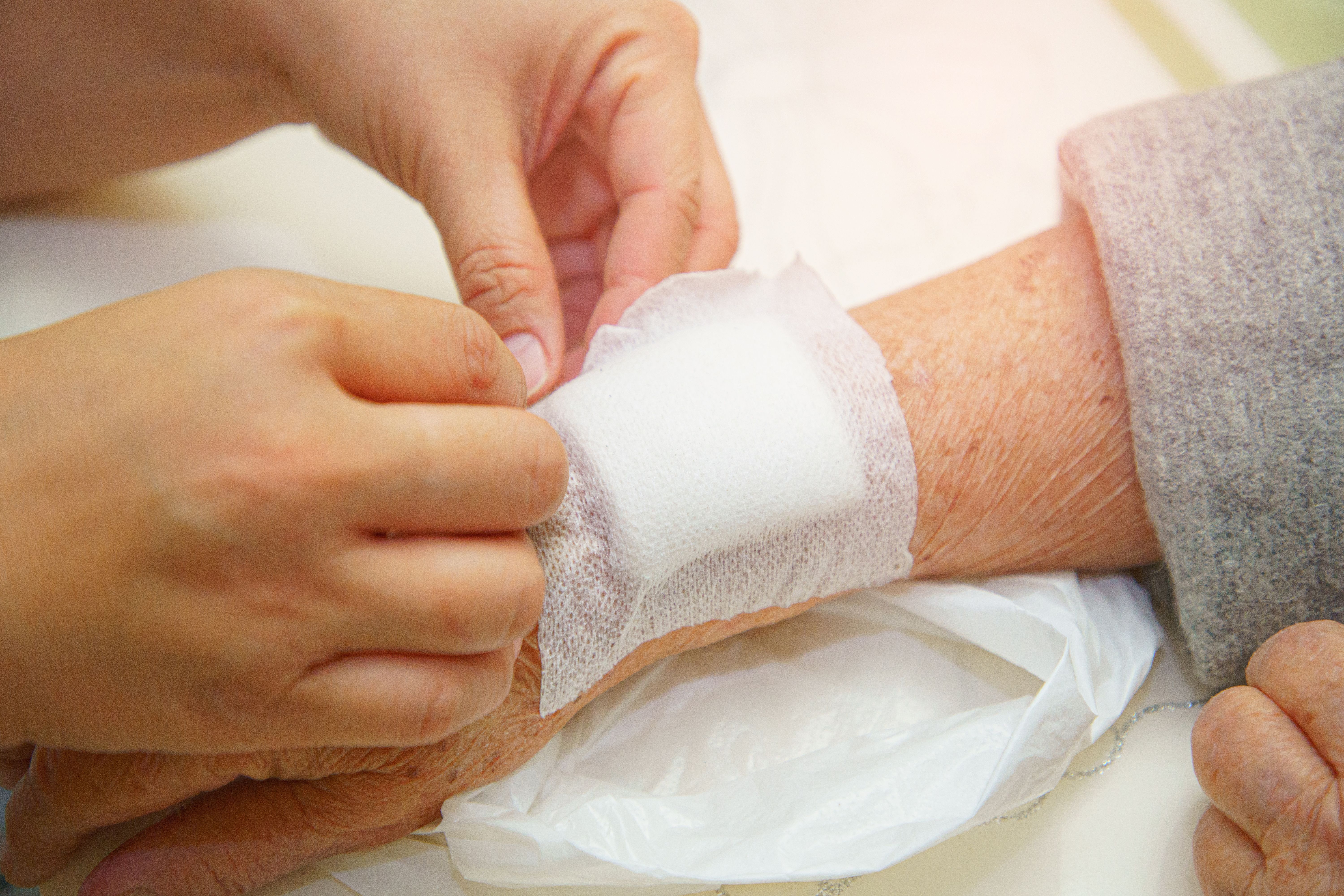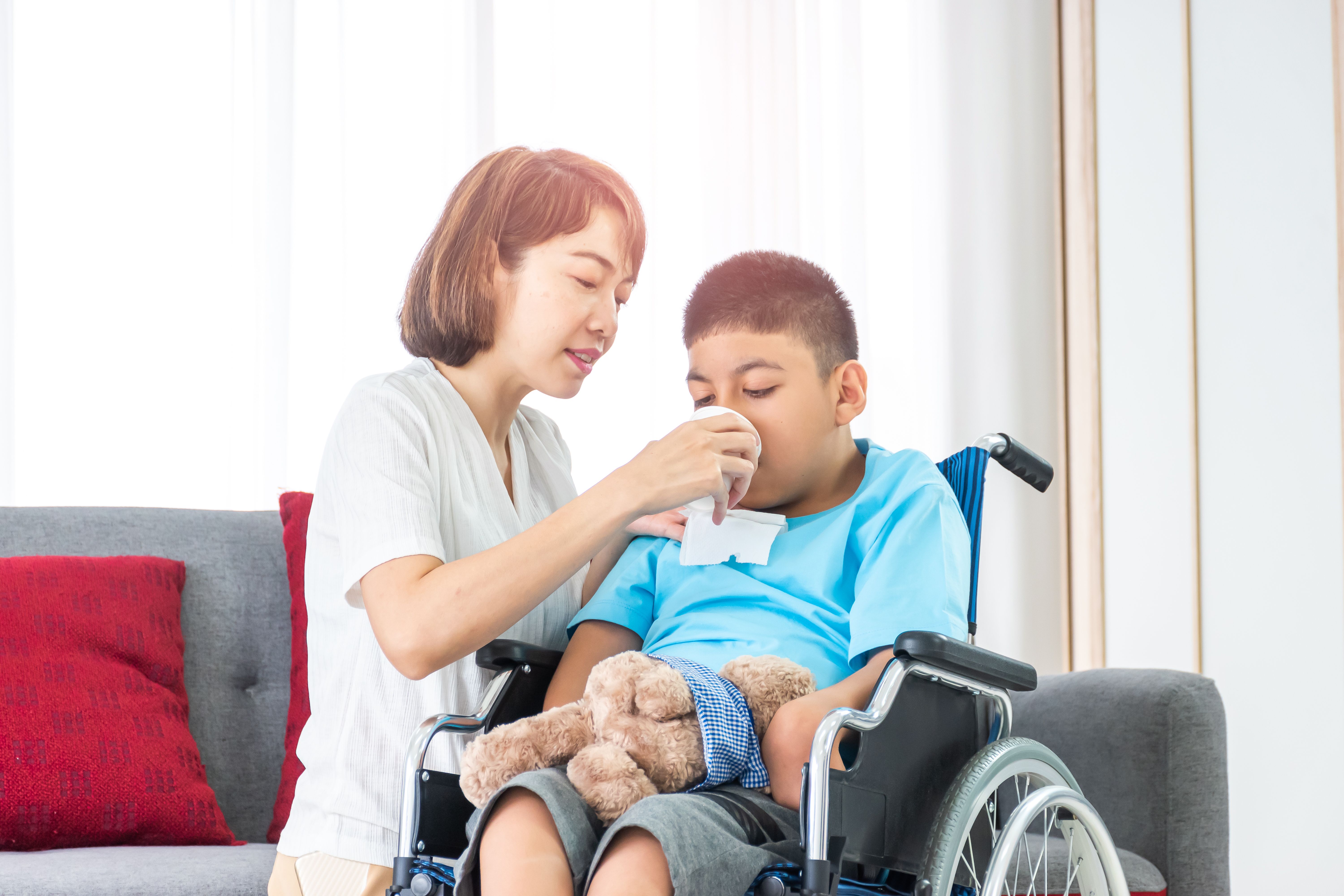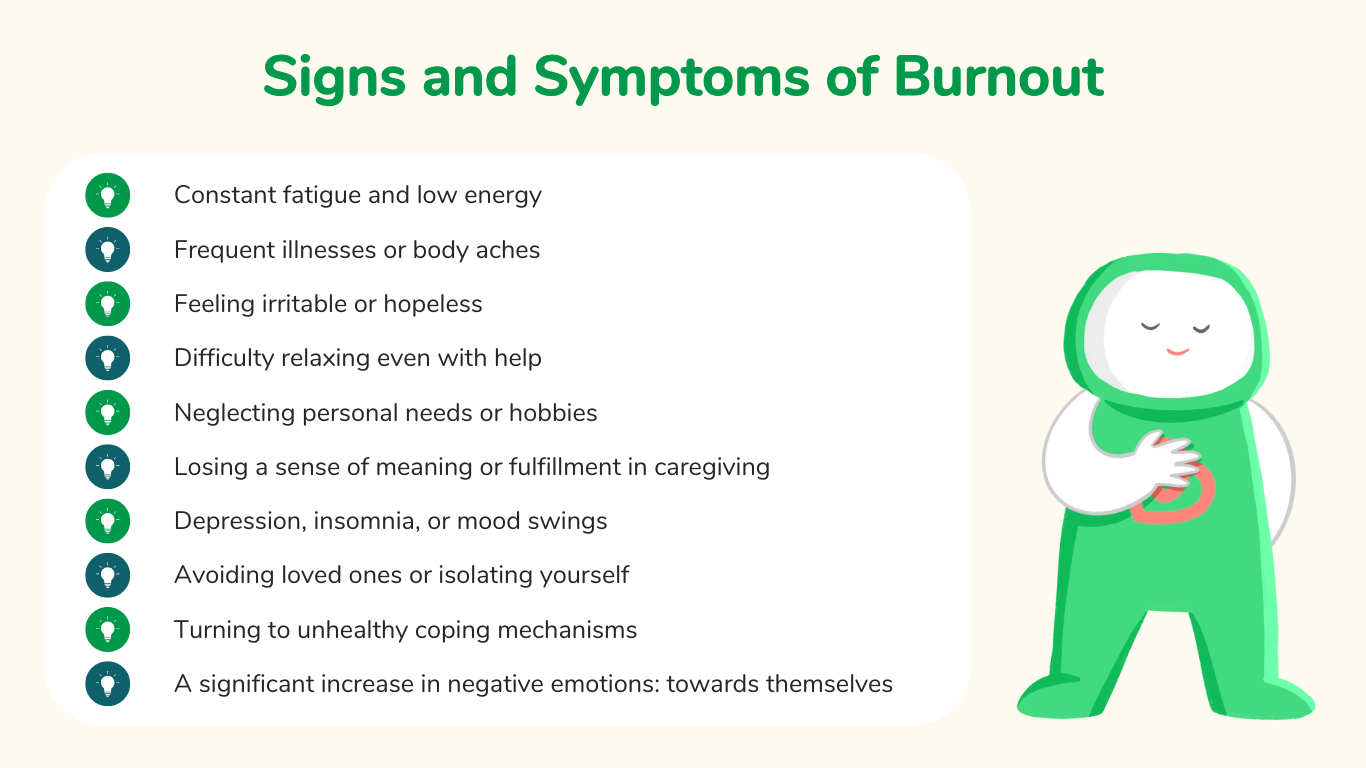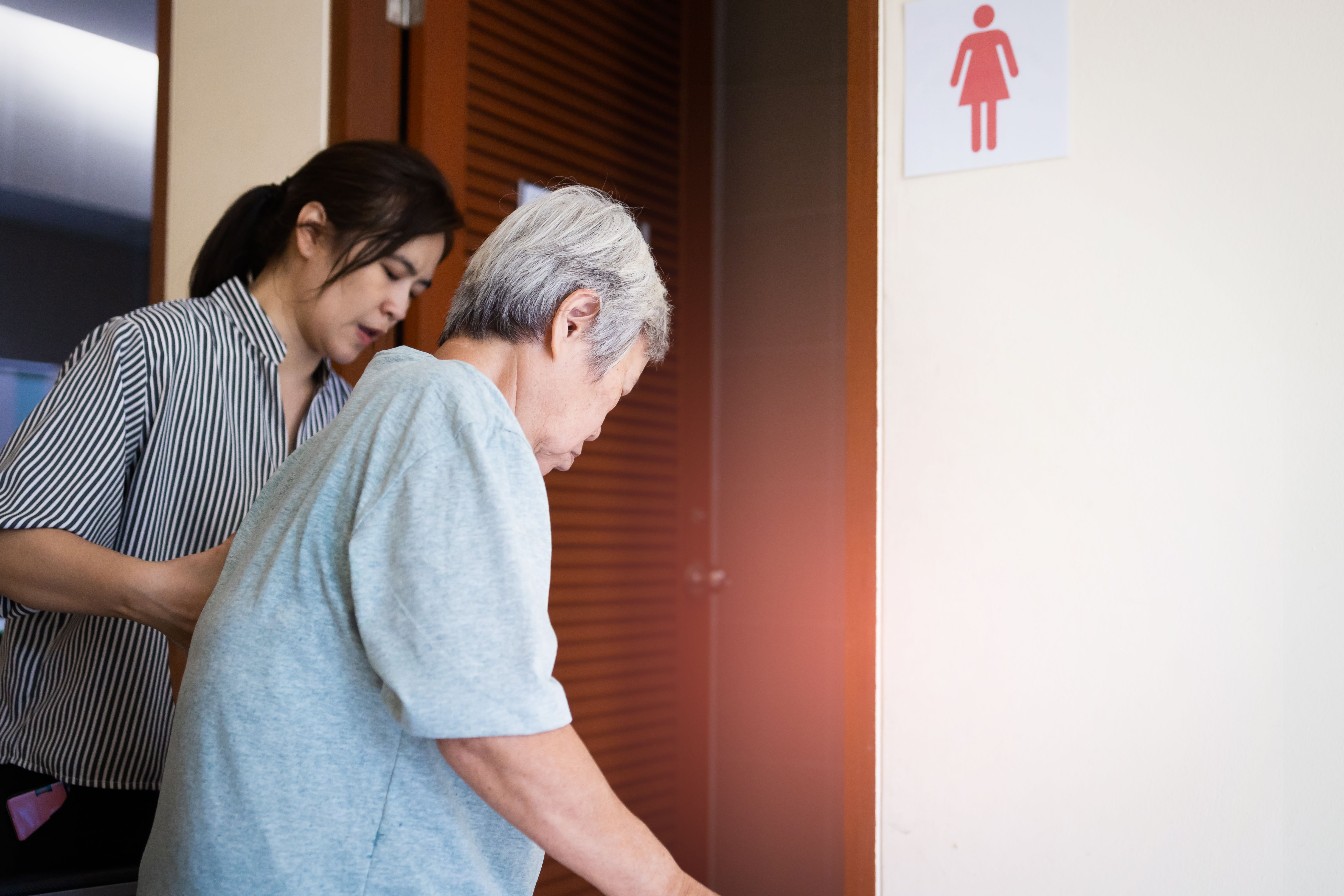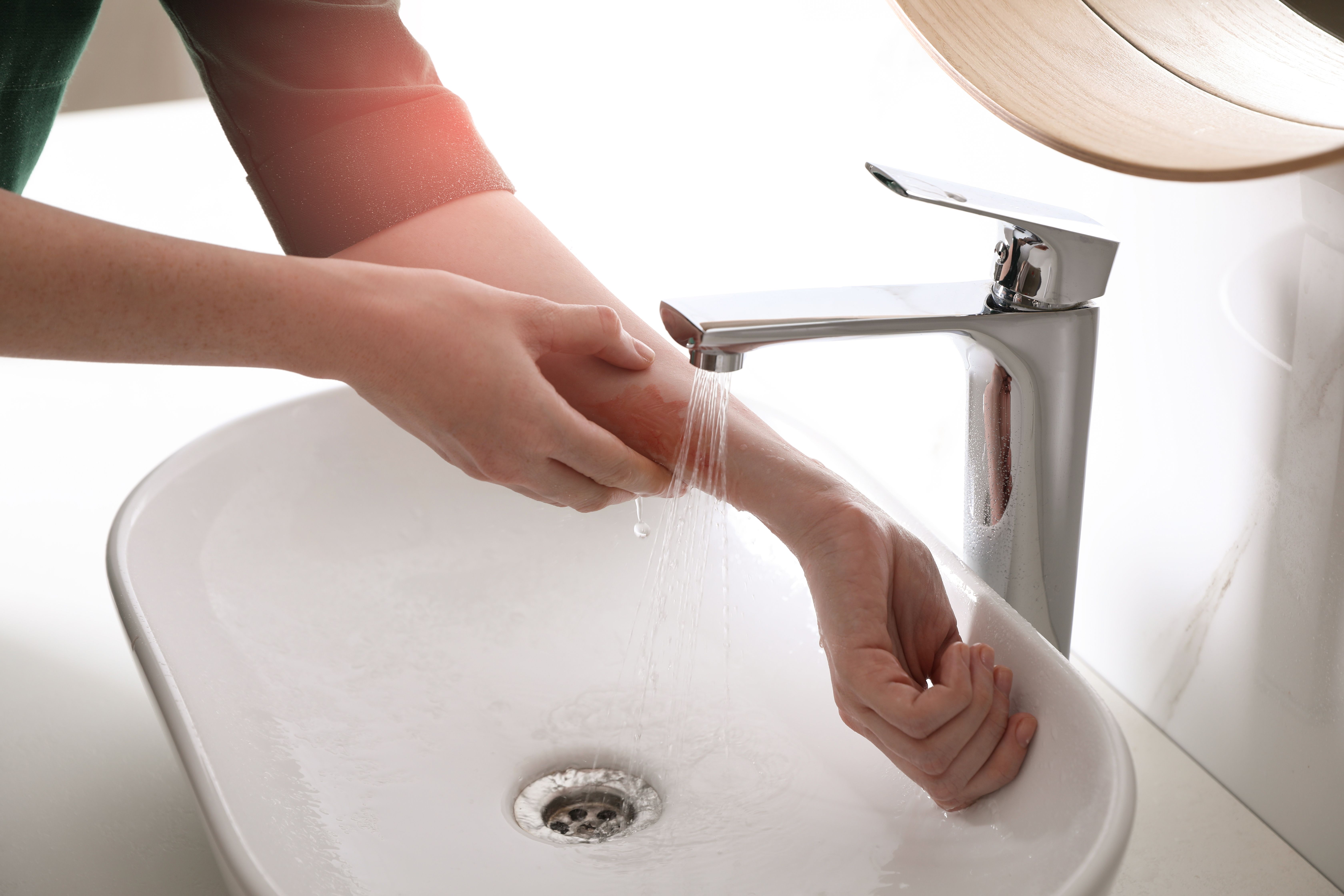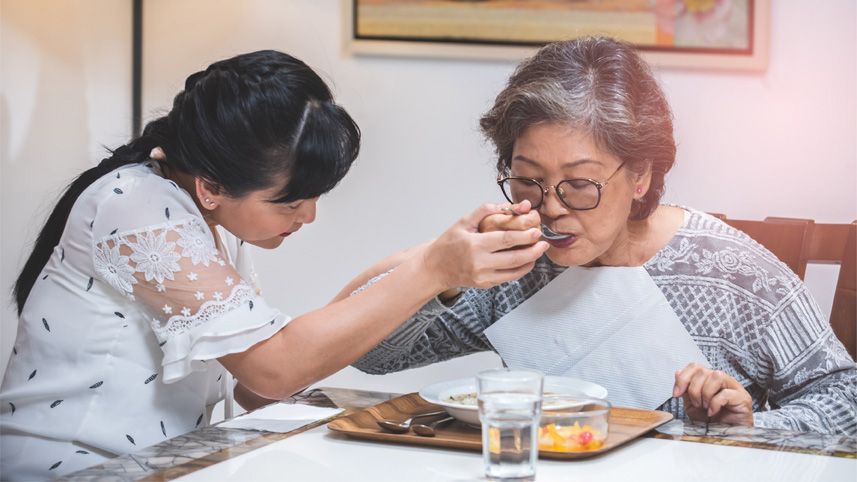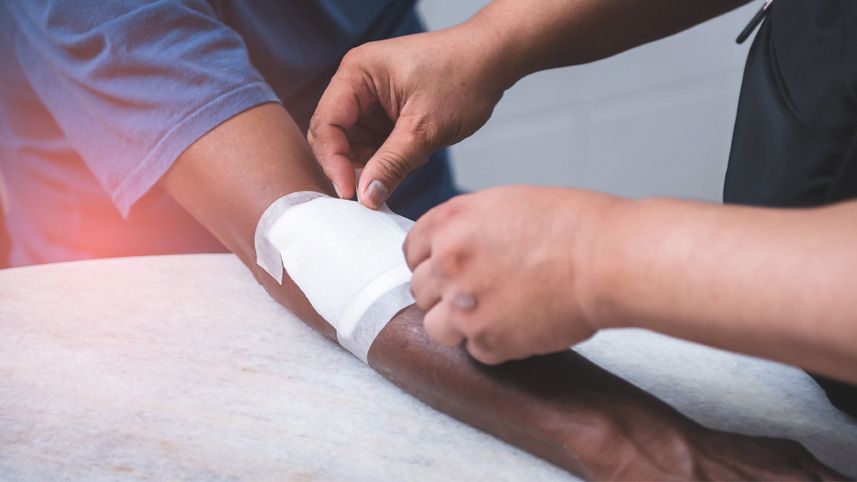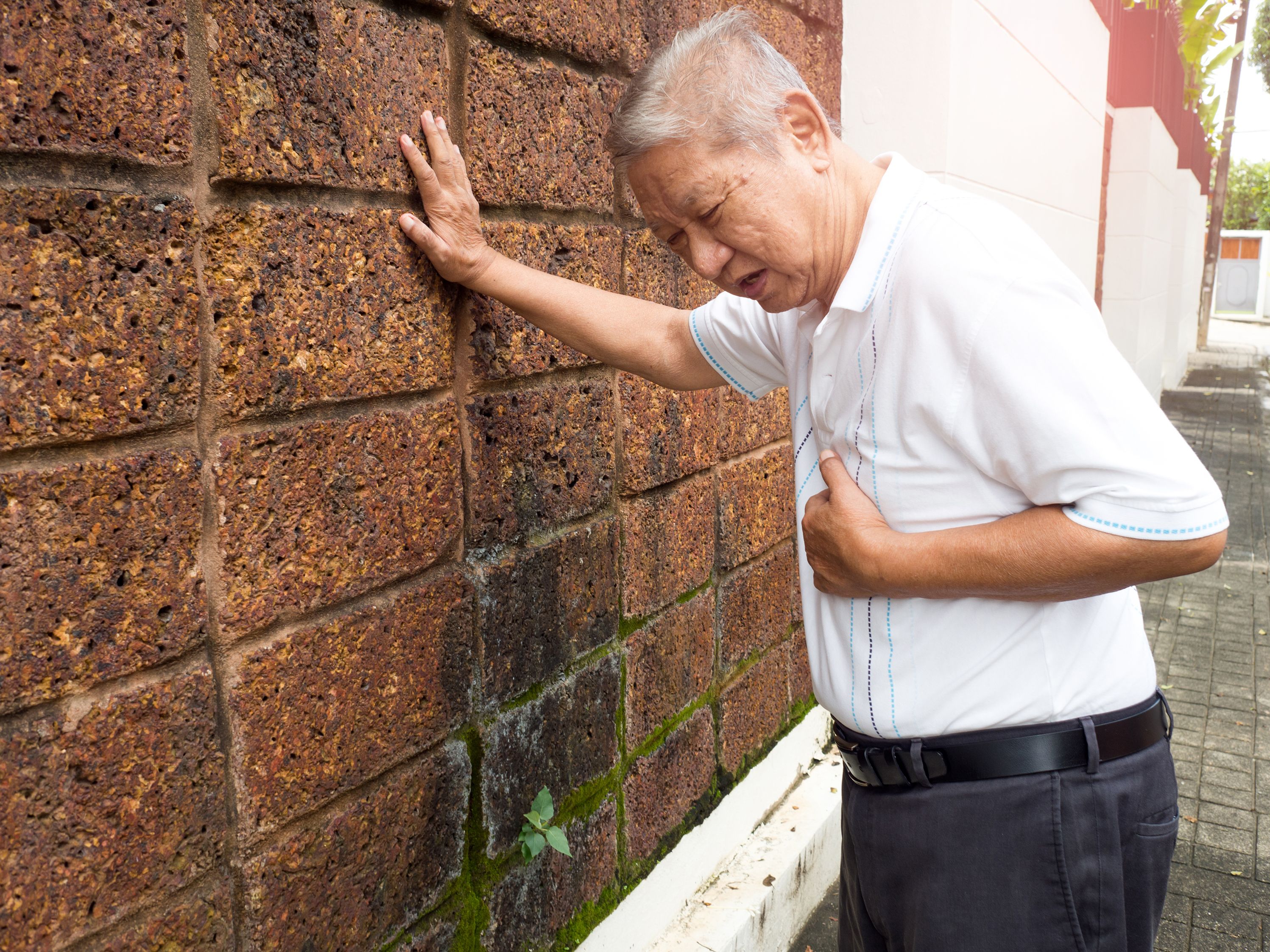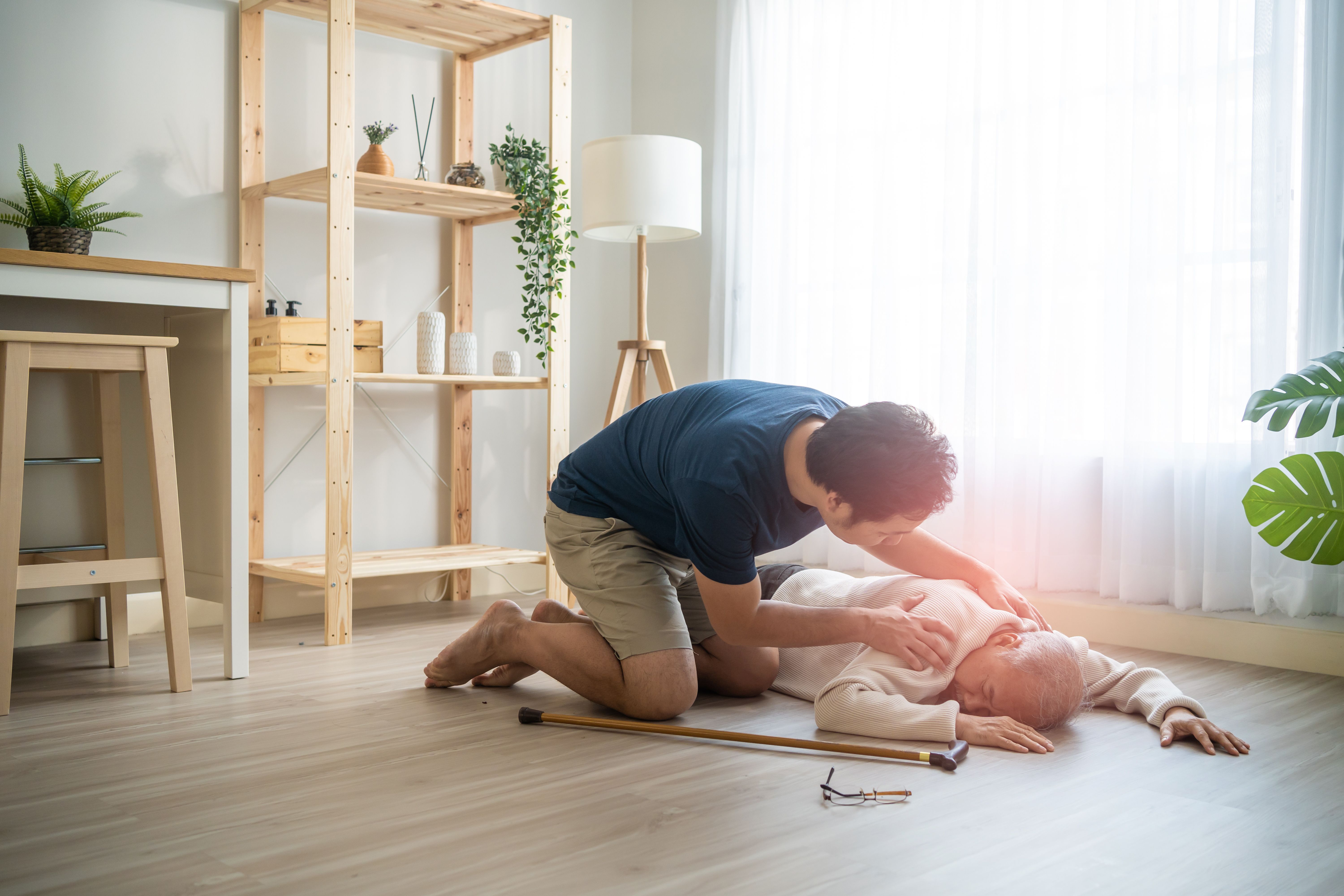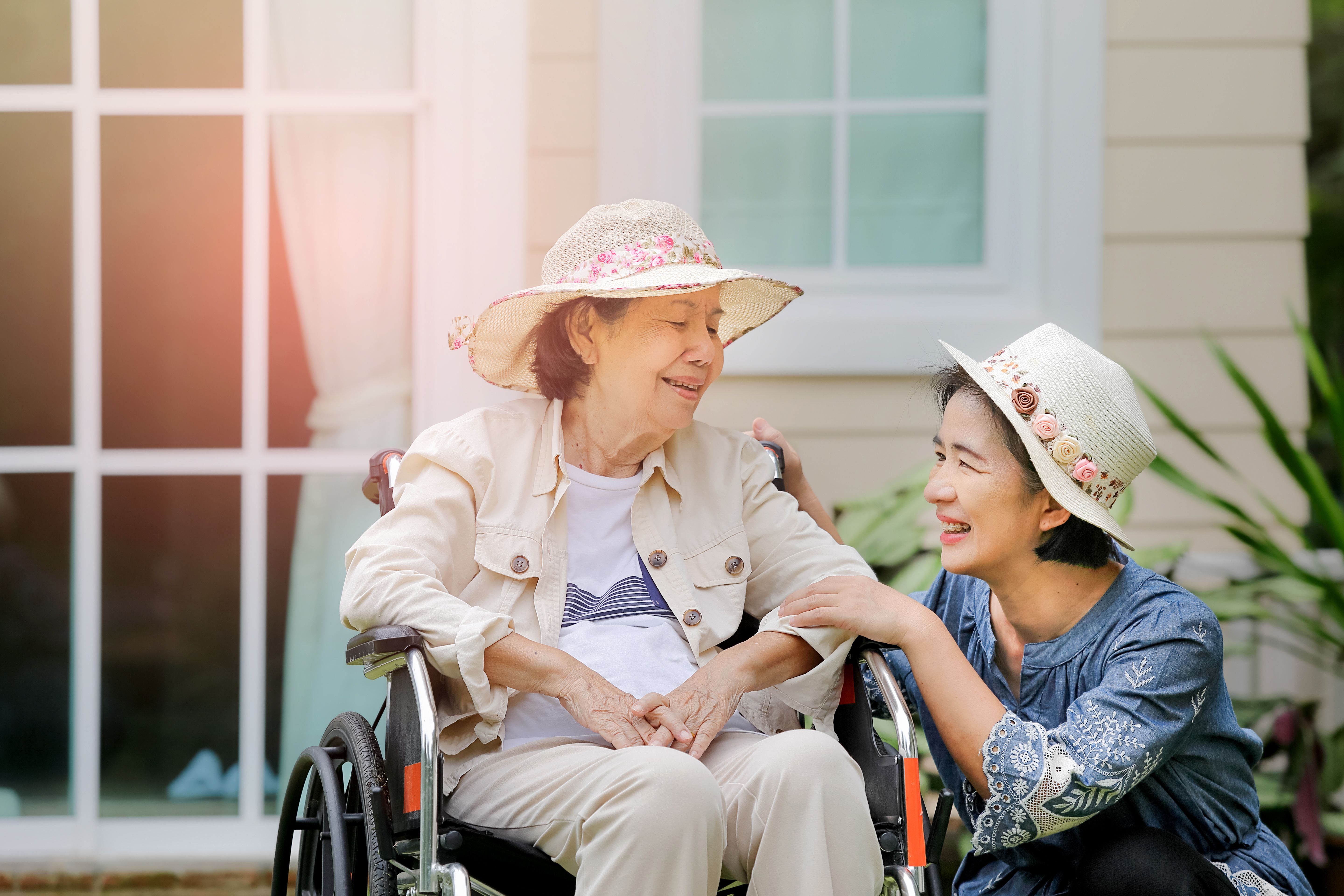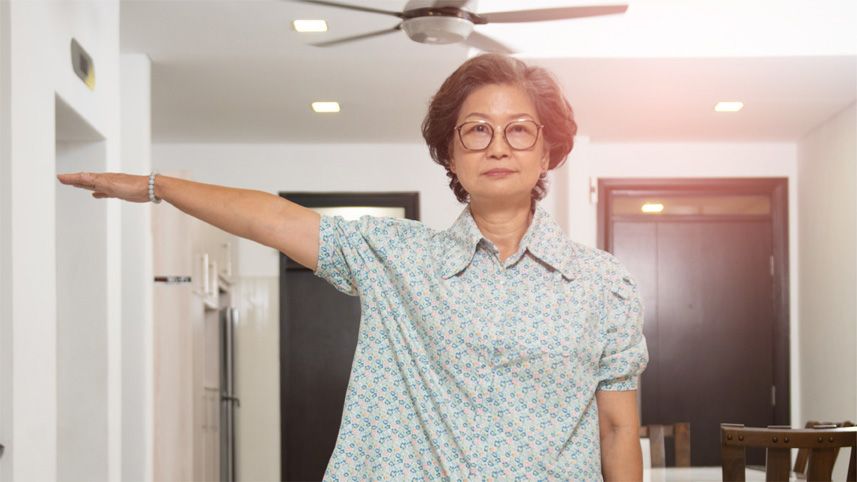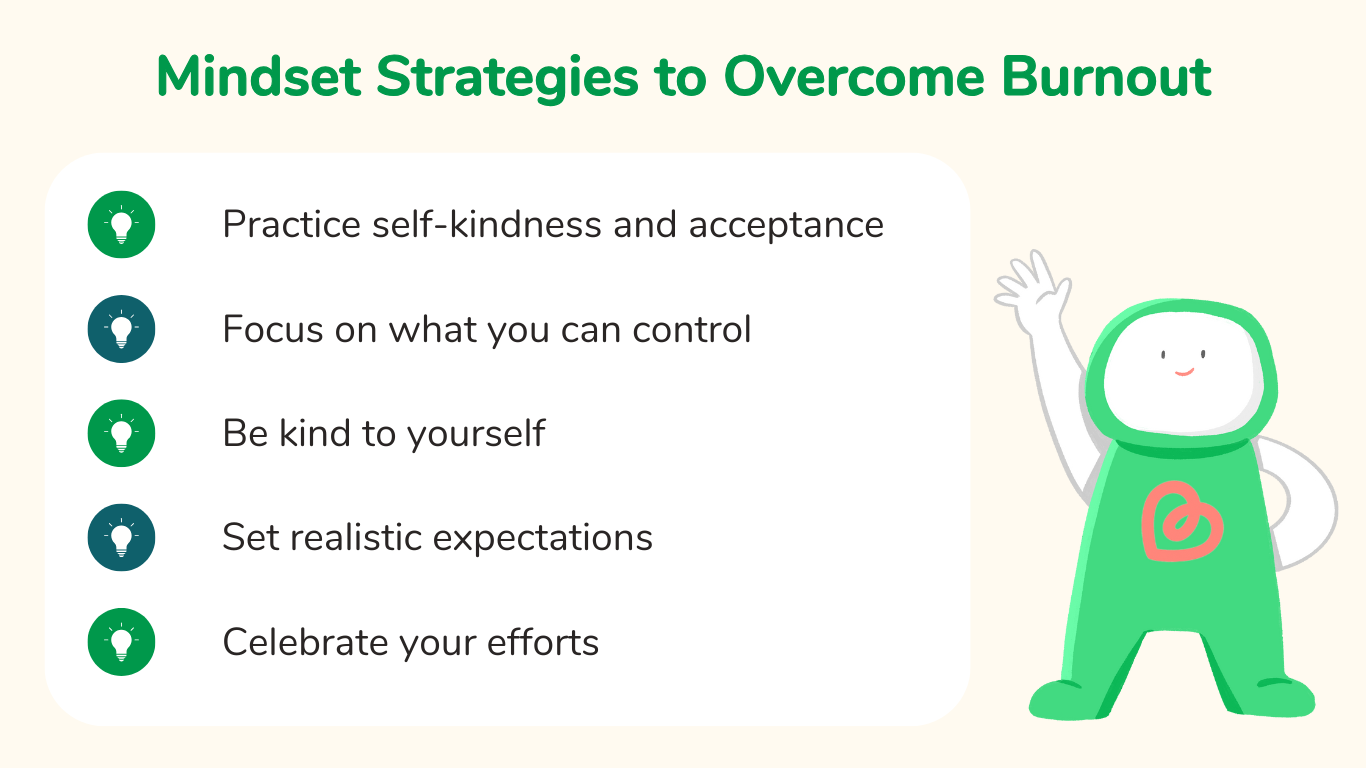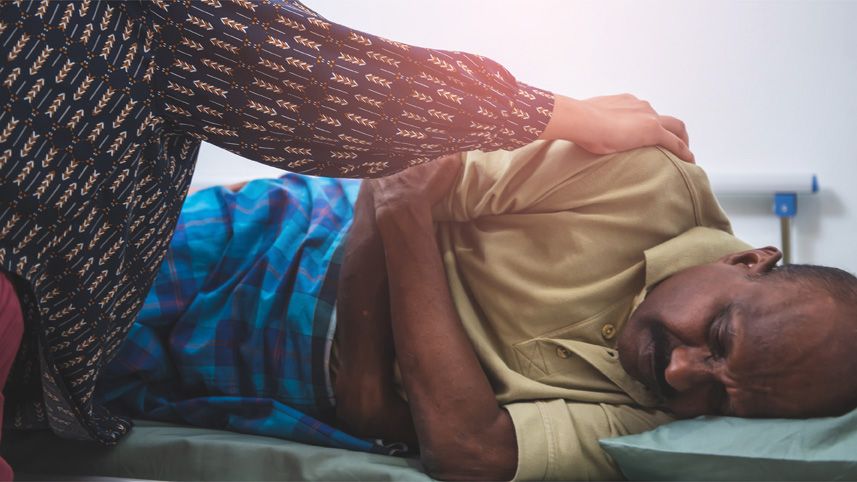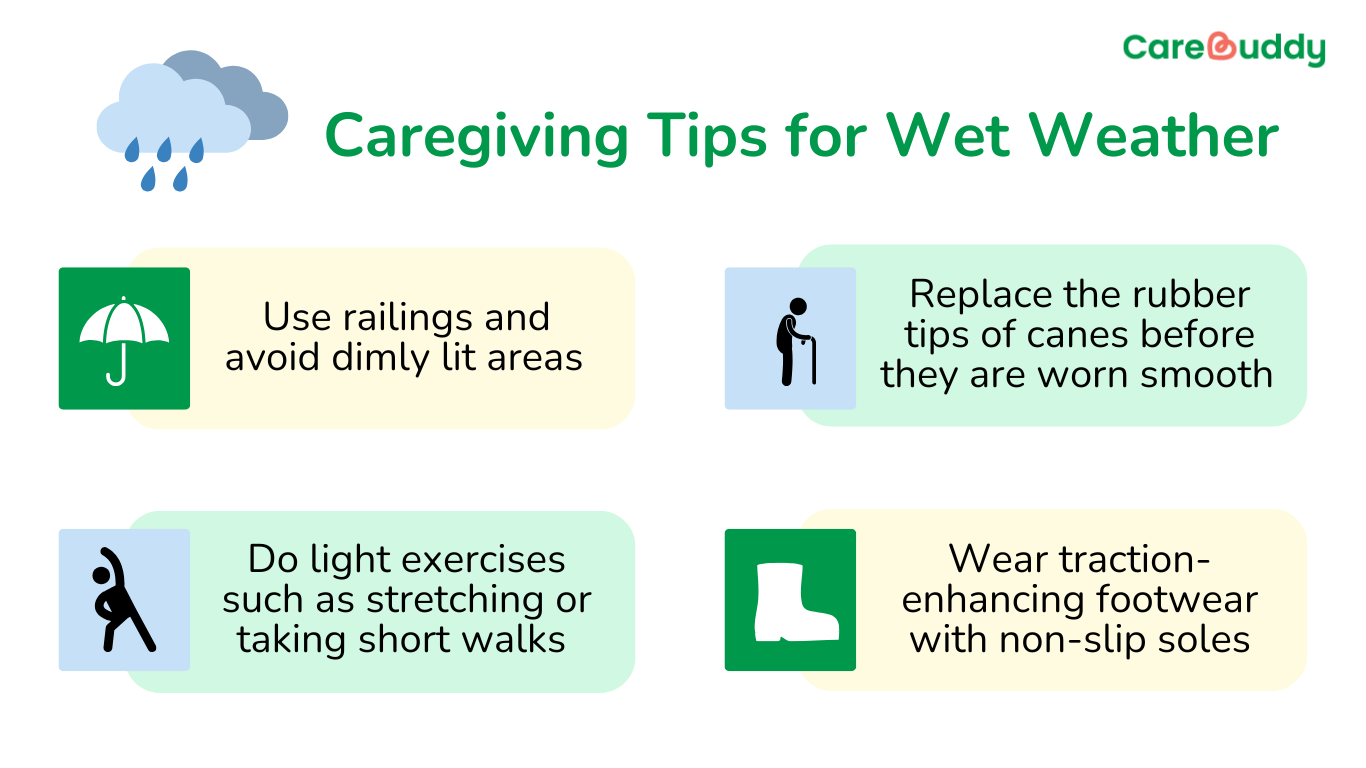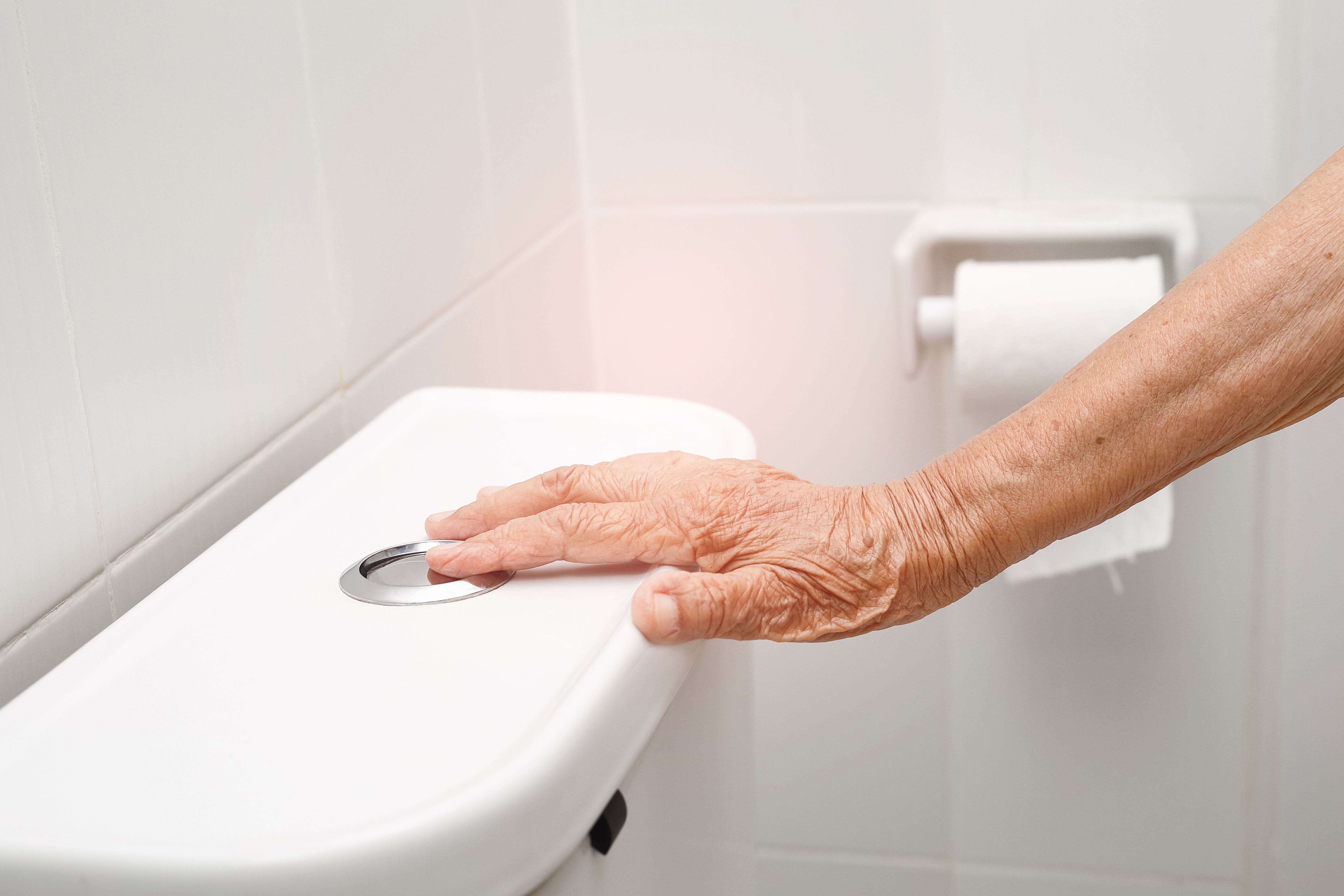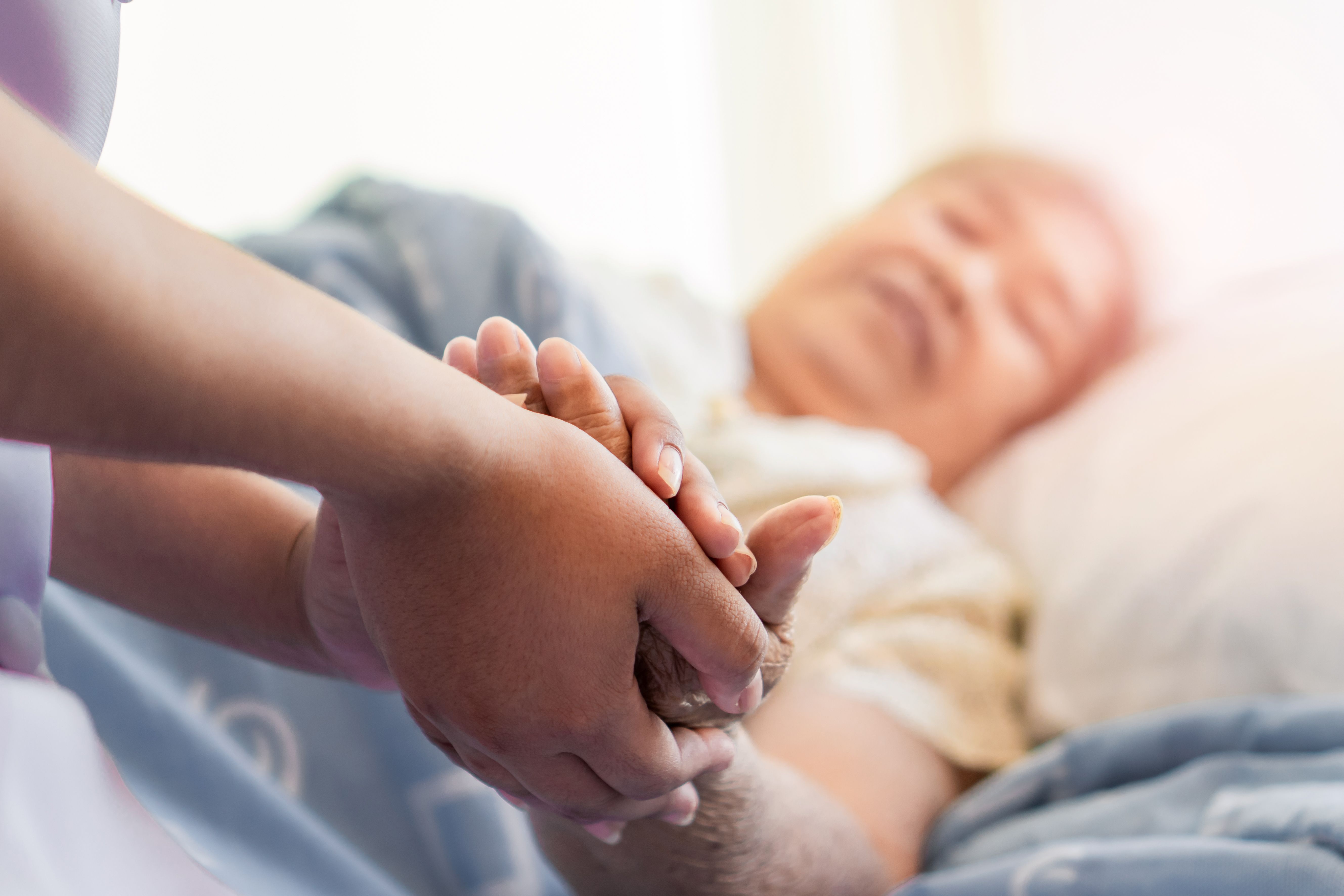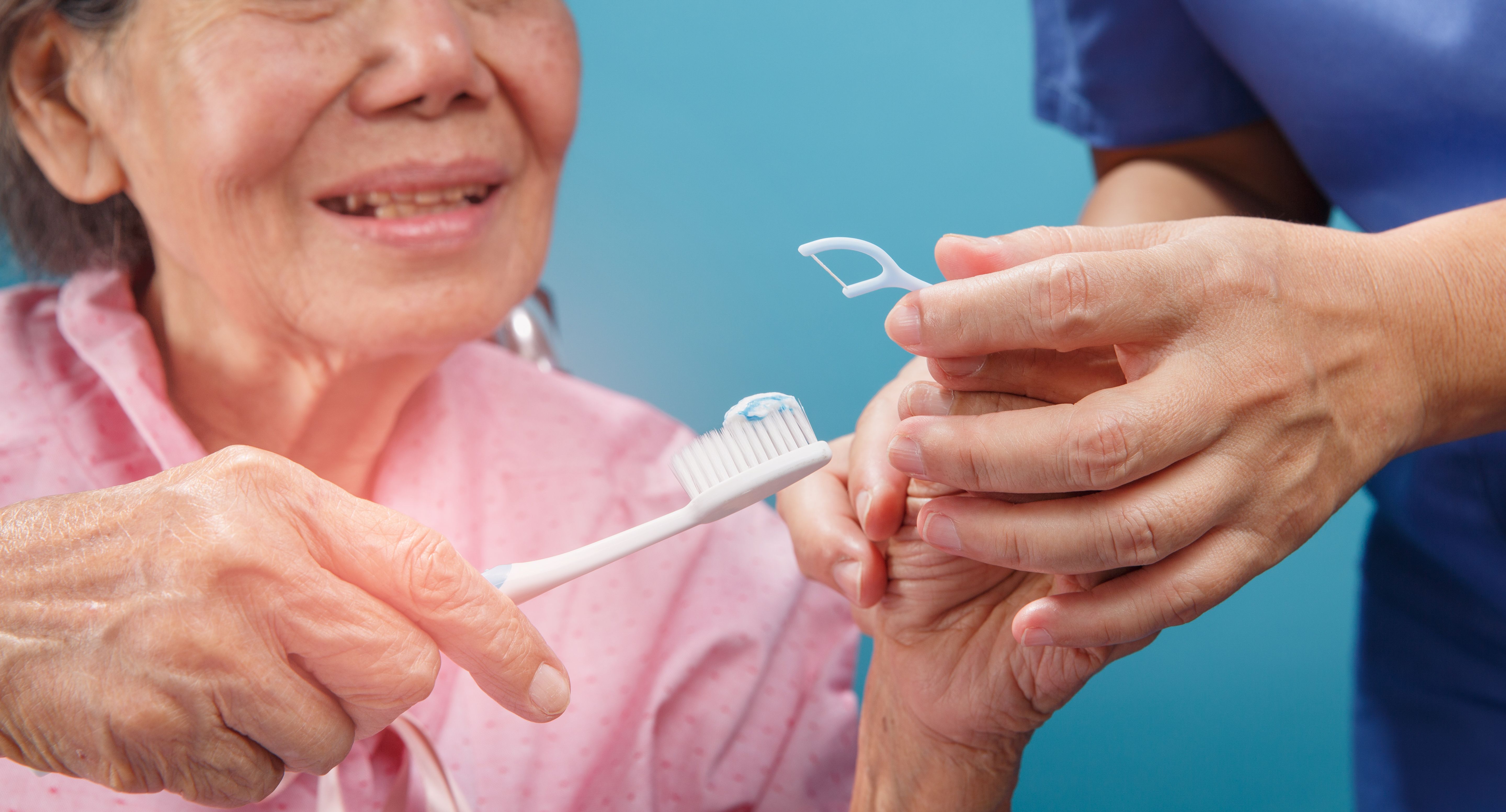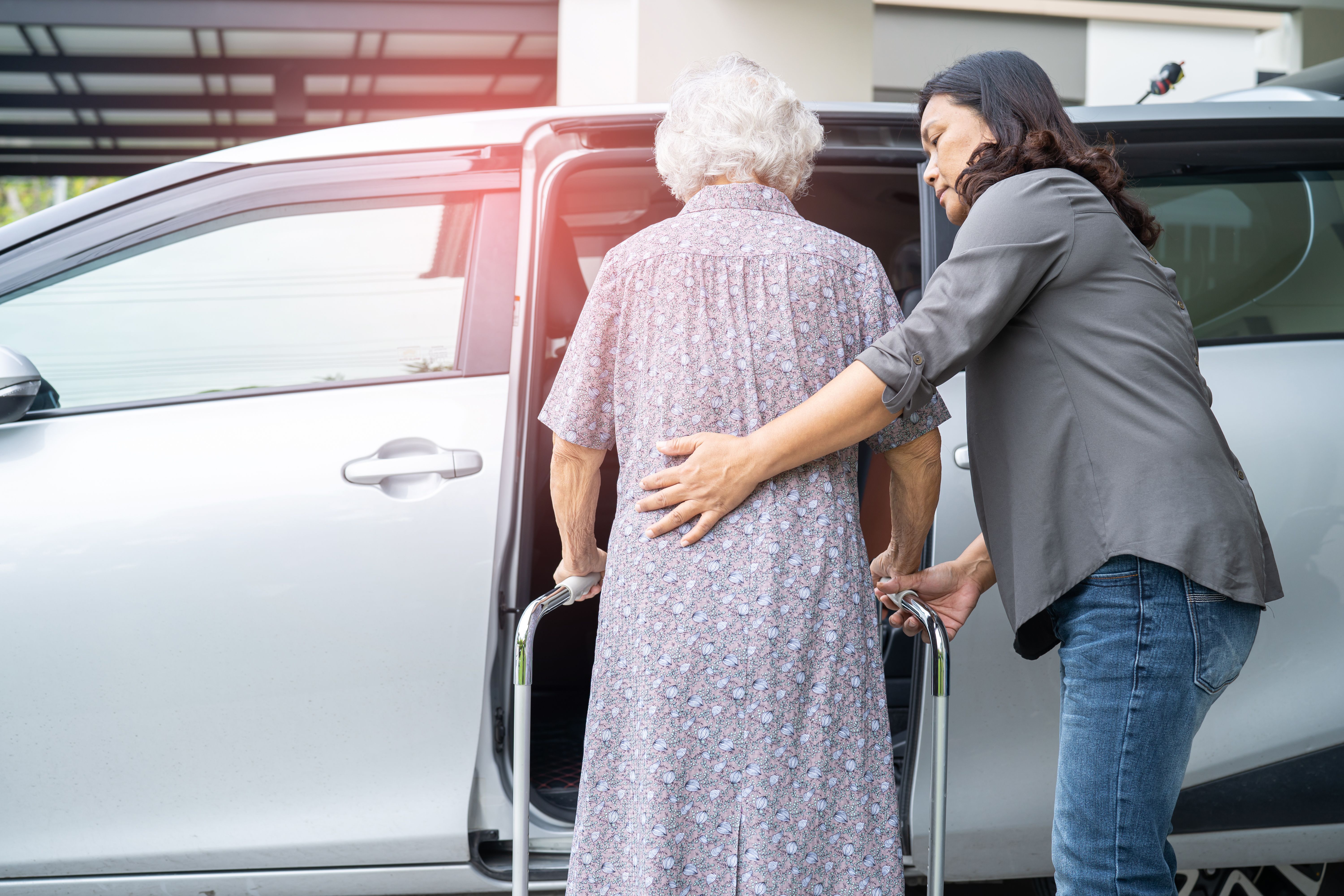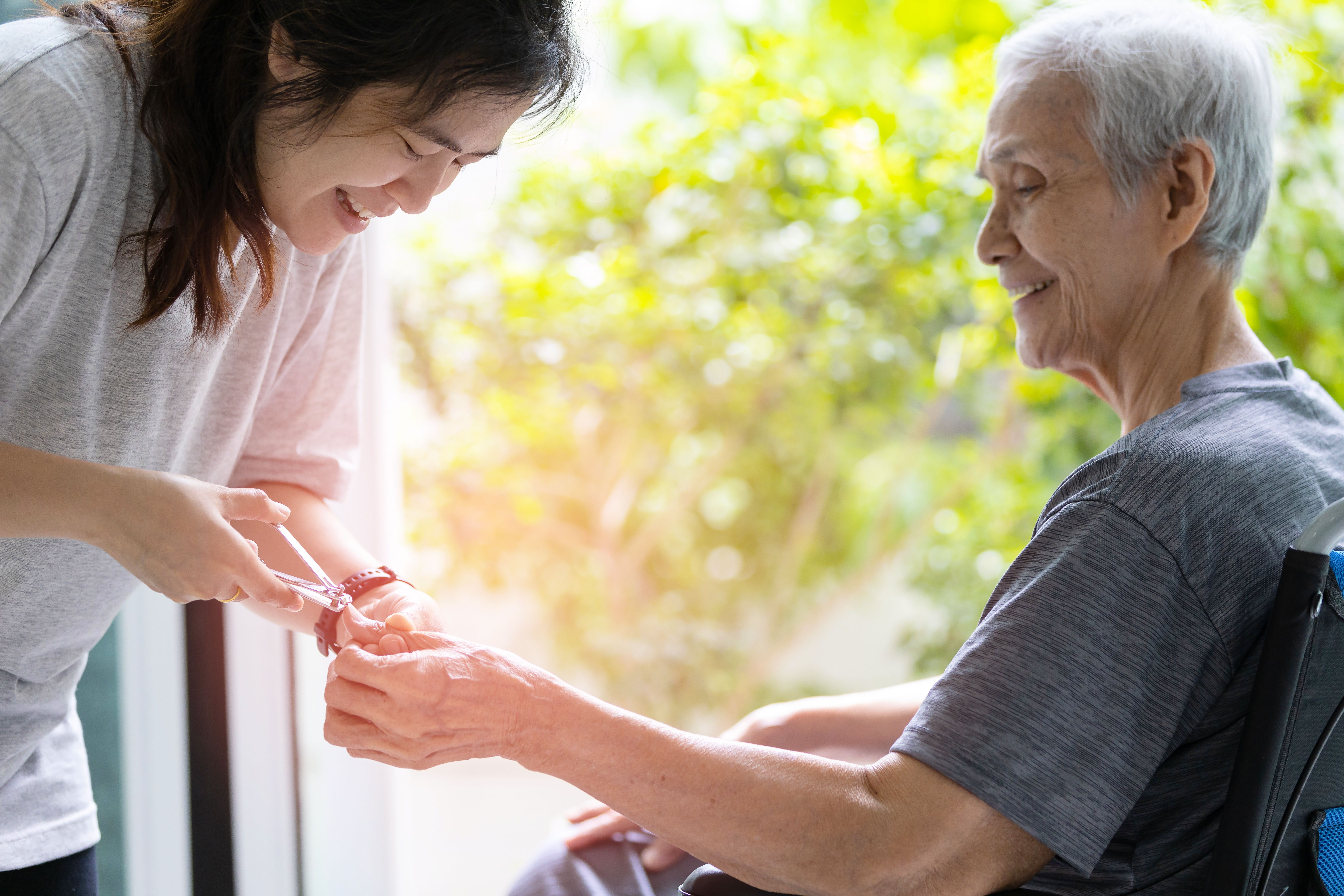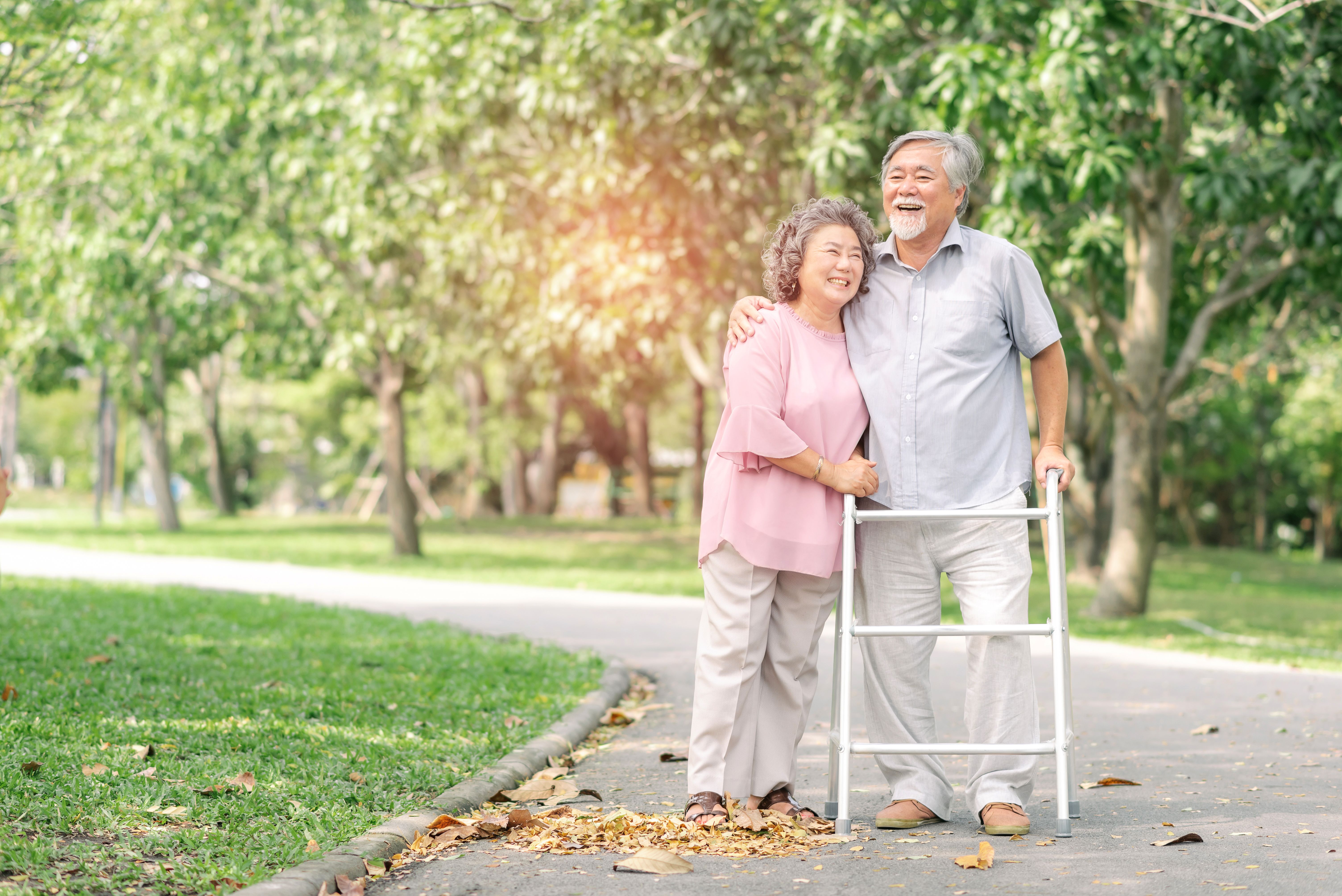Walking patterns and caregiver assistance for walking aids
- CareBuddy
- 4 Mins Read
- 20 Sep 2022
- Elderly Care

Once you’ve identified the right walking aid , the next step is for the care receiver to practise the correct patterns of walking and the caregiver to provide the appropriate assistance.
Cane Walking (3-motion walking pattern)
When the care receiver requires extra support and stability, the 3-motion walking sequence is recommended
- Move the cane forward first.
- Move the weaker leg forward next.
- Move the stronger leg forward last.
Cane Walking (2-motion walking pattern)
When the care receiver needs minimum support and stability, the 2-motion walking sequence is ideal
- Move the cane and the weaker leg simultaneously forward first.
- Move the stronger leg forward last.
Caregiver body position while walking
When a caregiver is assisting a care receiver in walking, they should not let their waists collide and impede motion, which can happen if the caregiver’s leg is too close to either leg of the care receiver. Instead, the caregiver and care receiver need to extend the legs on the same side simultaneously. See below pics for the incorrect and correct positions.
Caregiver assistance for a cane user to stand up from a seated position
- Caregiver informs care receiver that they’ll be assisting them to stand and walk with their cane.
- Caregiver checks the condition of the cane.
- Care receiver shuffles forward and sits at the edge of the chair with both feet flat on the ground.
- Caregiver helps lift them up by supporting their front and back to prevent fall.
Care receiver’s usage of cane after standing up
- Stand up straight with elbows slightly bent and hold the cane with the crease of the wrist to make sure it’s of the correct height.
- Hold the cane in the hand opposite to the side that needs support. E.g. If the right leg is injured, hold the cane with your left hand.
- Move the cane about one small stride ahead and step off on the weaker leg.
- Finish the step with the good leg.
Climbing stairs with a cane
To climb up the stairs,
- Move the cane up on the step first.
- Step up with the good leg next.
- Finally step up with the weaker leg.
Caregiver needs to take a posture behind and under the affected leg of the care receiver.
To climb down the stairs,
- Move the cane down on the step first.
- Step down with the weaker leg next.
- Finally step down with the good leg which carries the body weight.
Caregiver needs to take a posture in front of and under the affected leg.
Using a walker
- Stand up straight with elbows slightly bent and hold the handle of the walker with the crease of the wrist to make sure it’s of the correct height. Don’t hunch over it.
- Move the walker about one step ahead, making sure all 4 legs of the walker are on even ground.
- With both hands, grip the handle and move the weaker leg forward first.
- Push straight down on the handle and move the good leg forward next.
Assistance for outdoor walking
Pay close attention to people, traffic, roads and the surrounding environment. Be attentive by predicting risk one step ahead.
While climbing slopes, take care to prevent the care receiver from losing balance and tipping over backwards. While descending slopes, take care to prevent the weaker leg from buckling.
Article reviewed by Loh Wan Ying, HMI.
